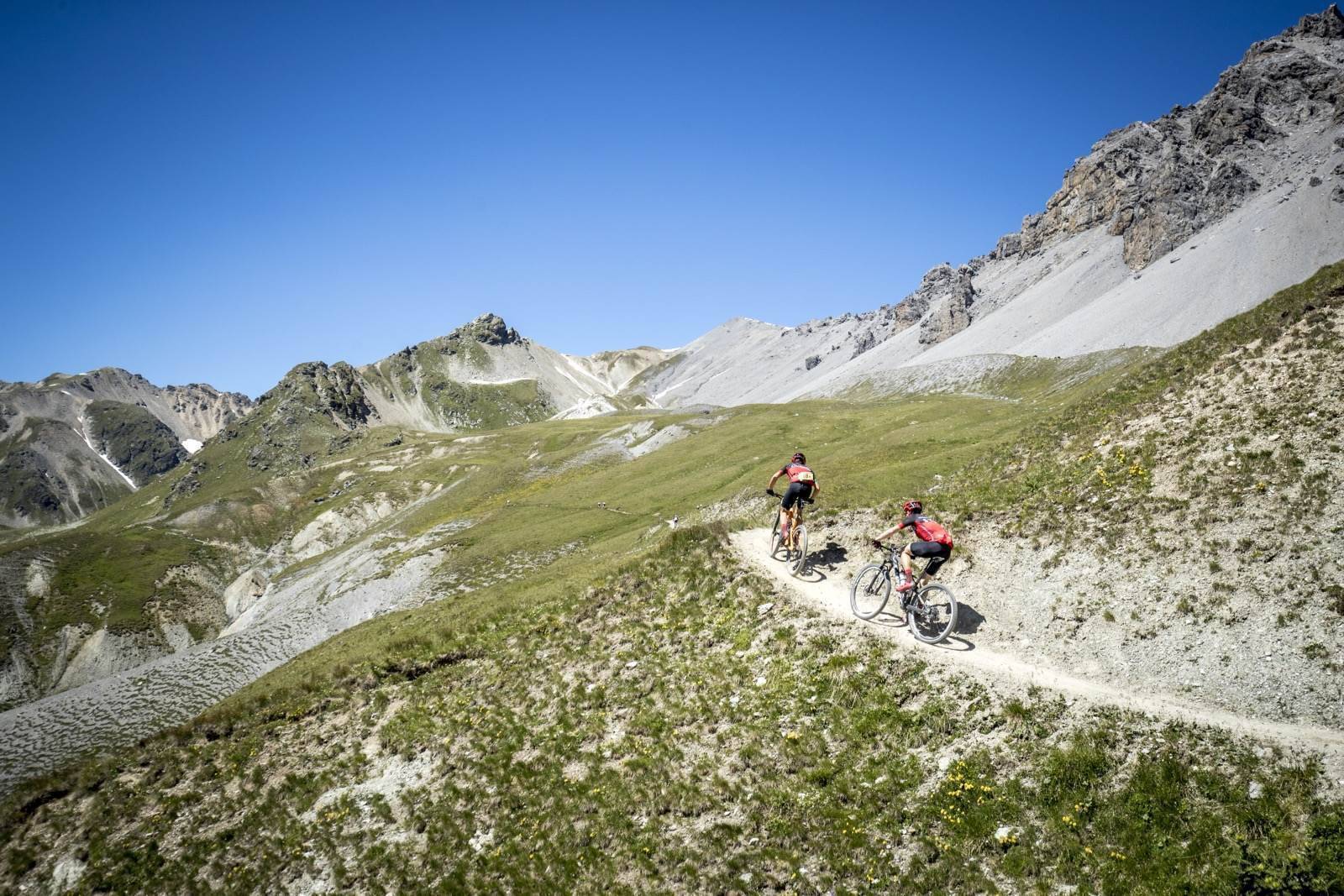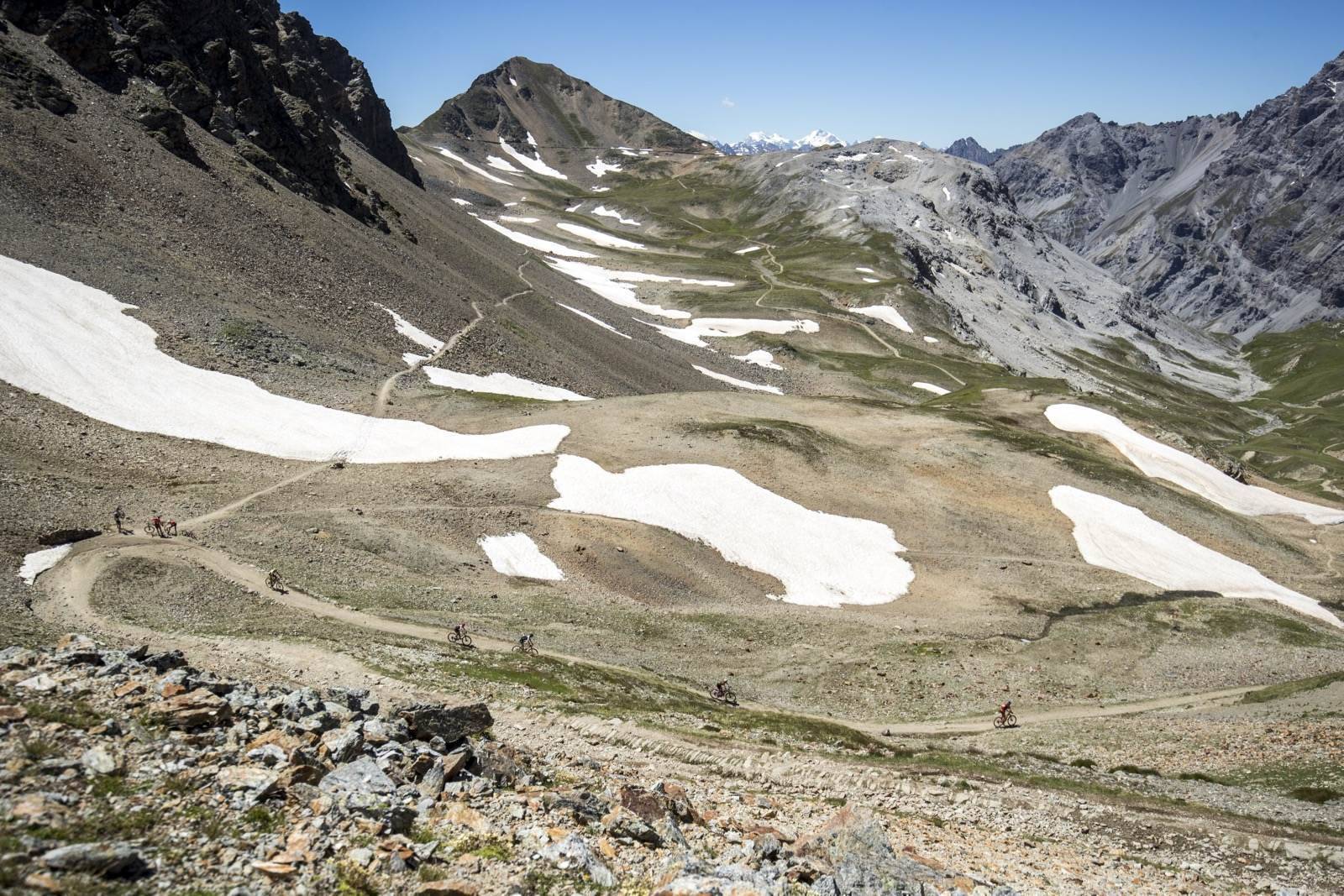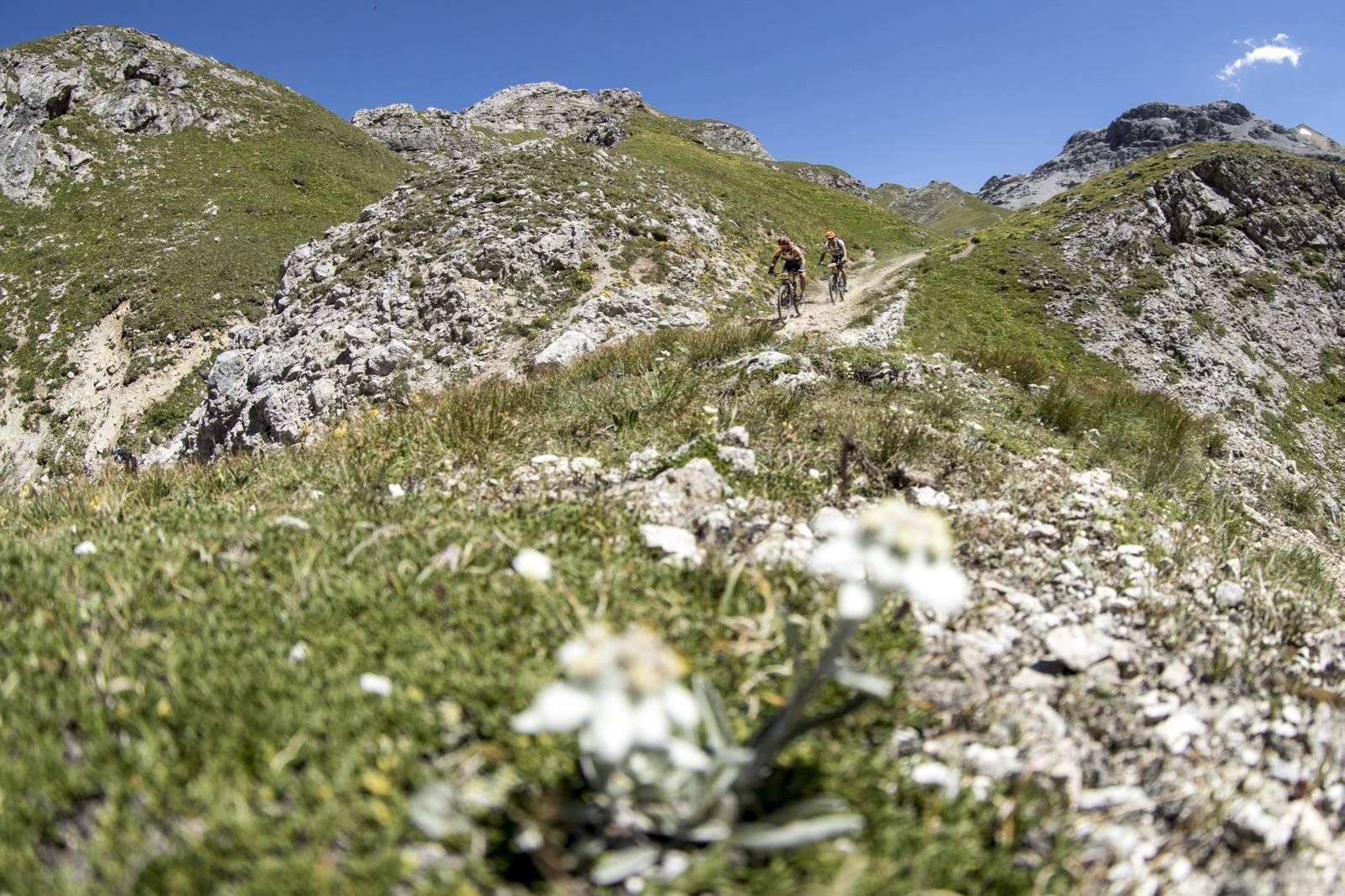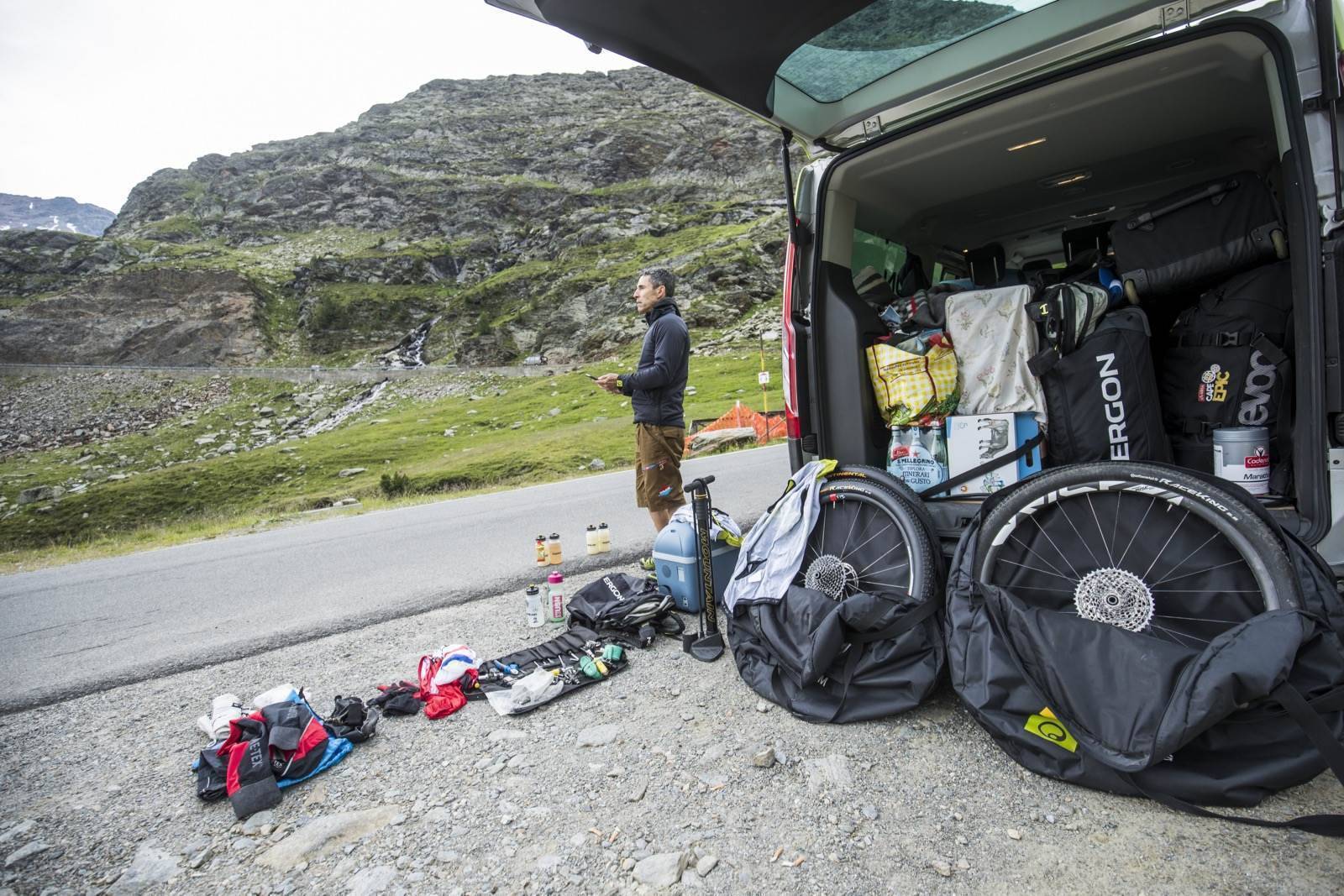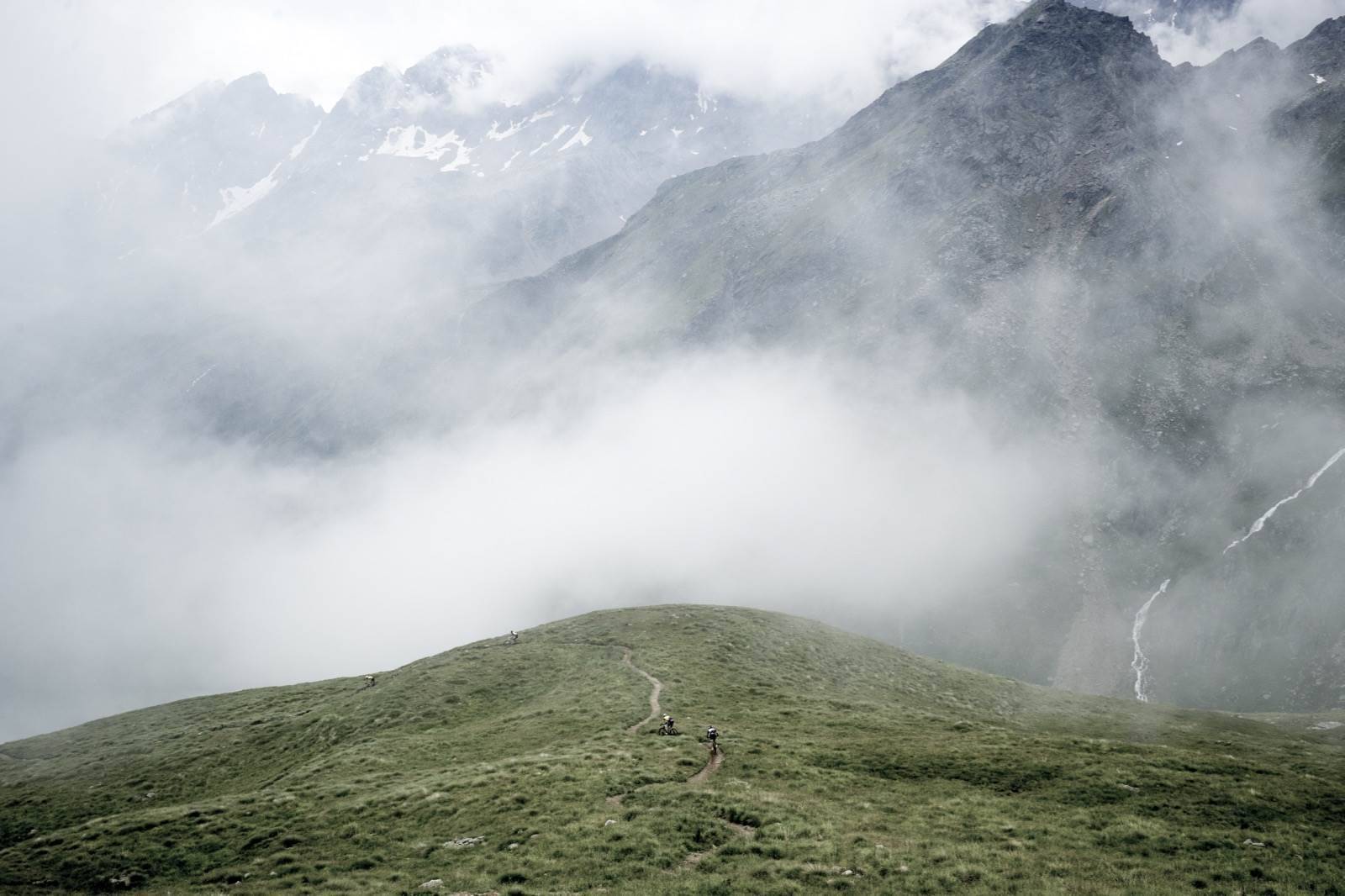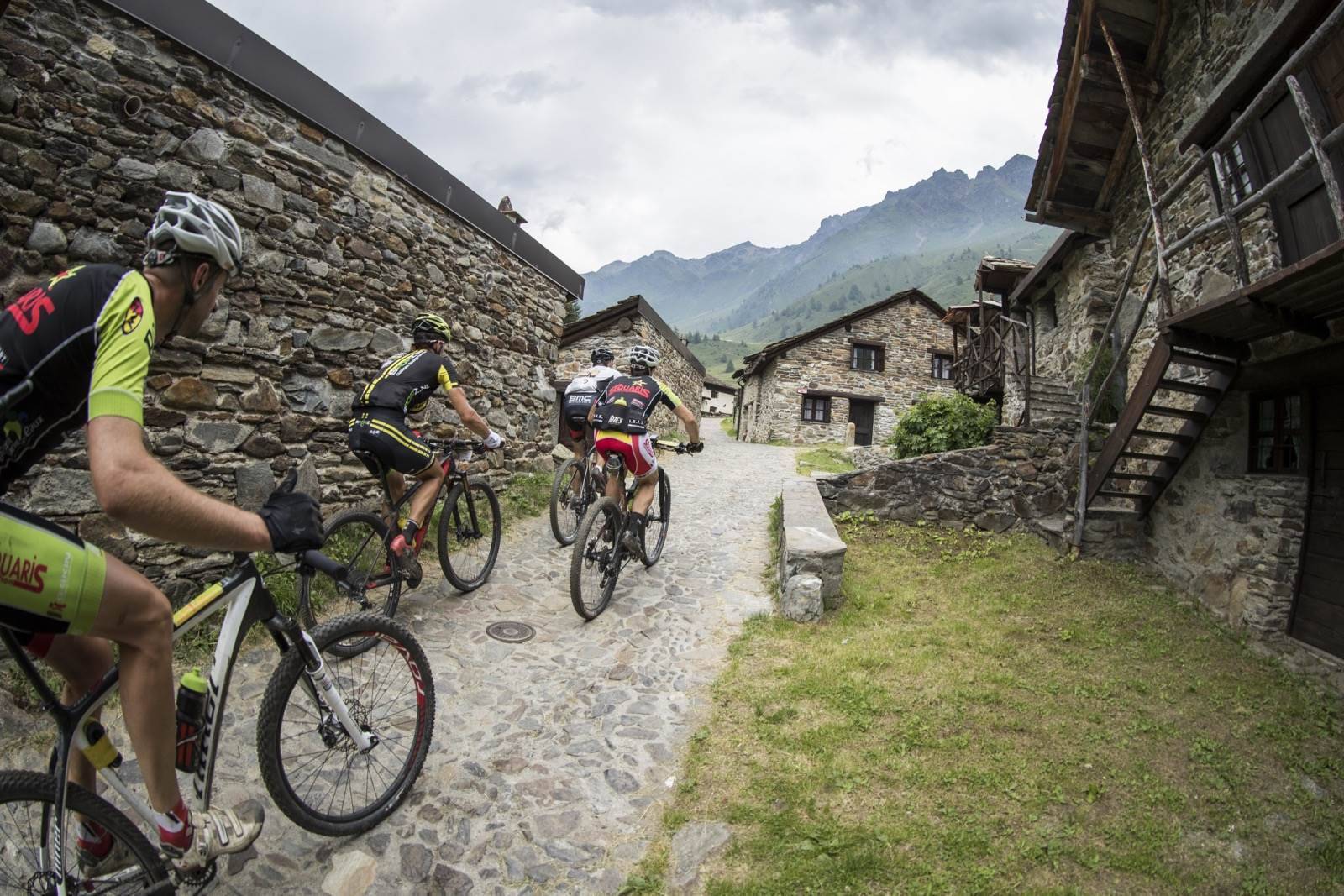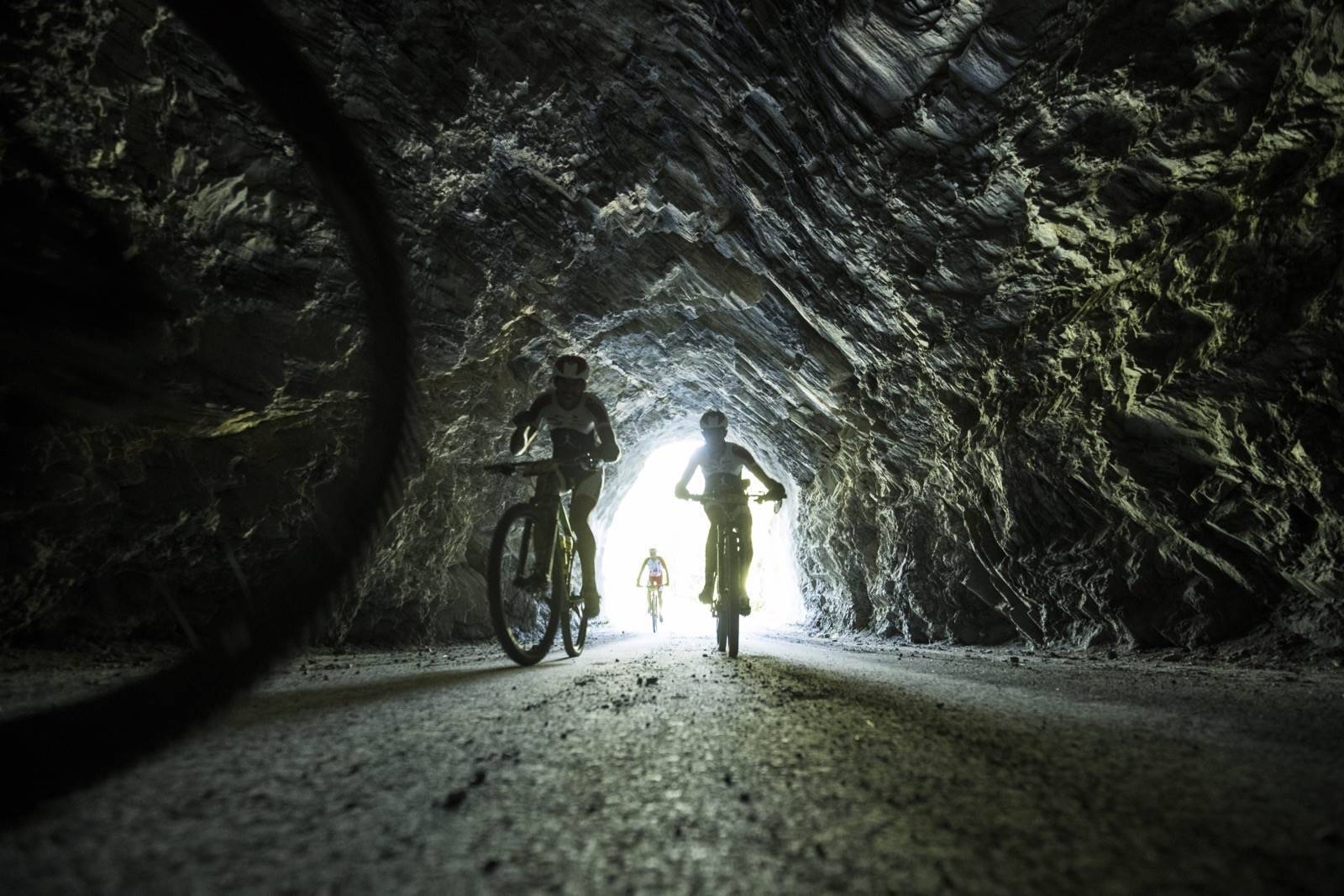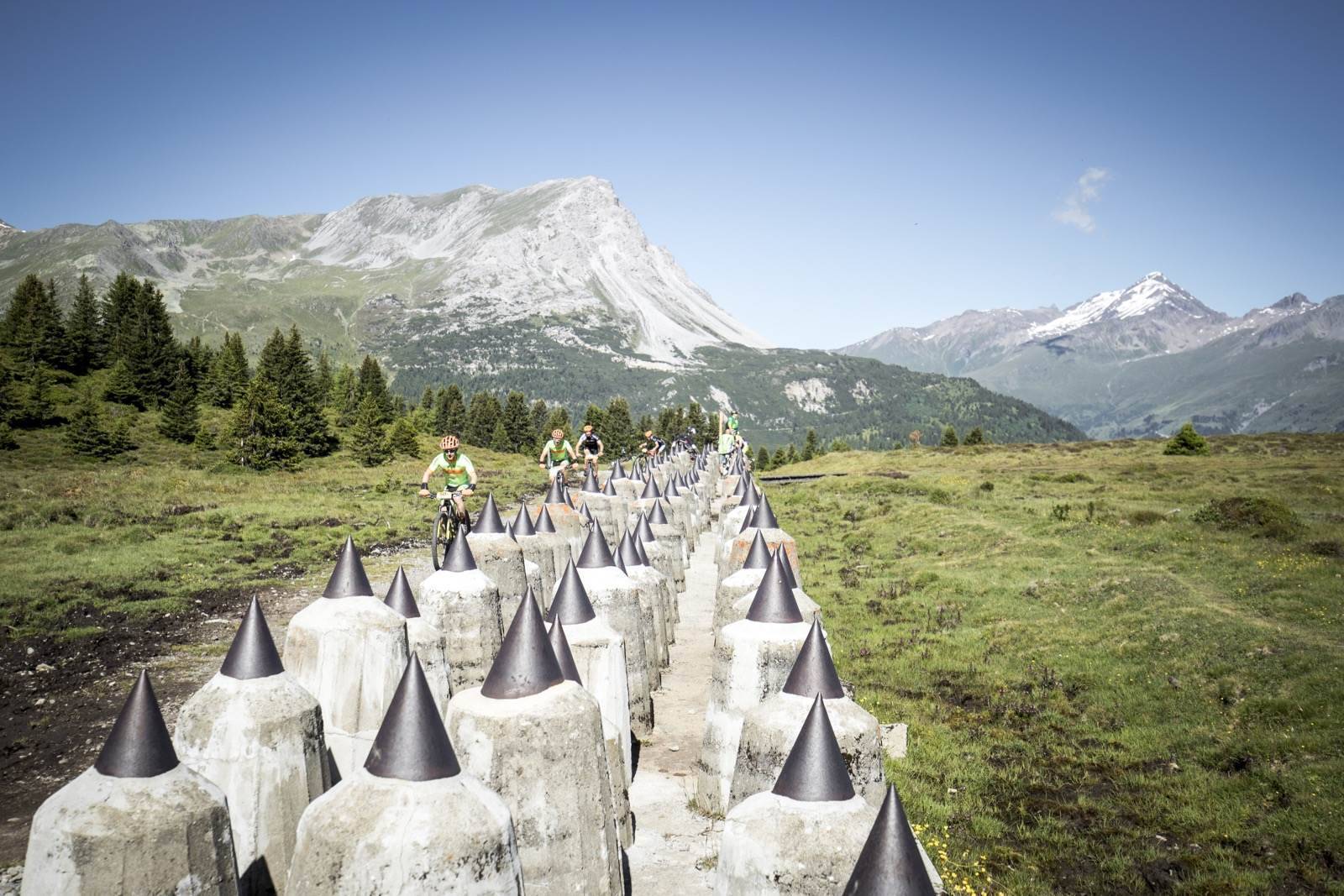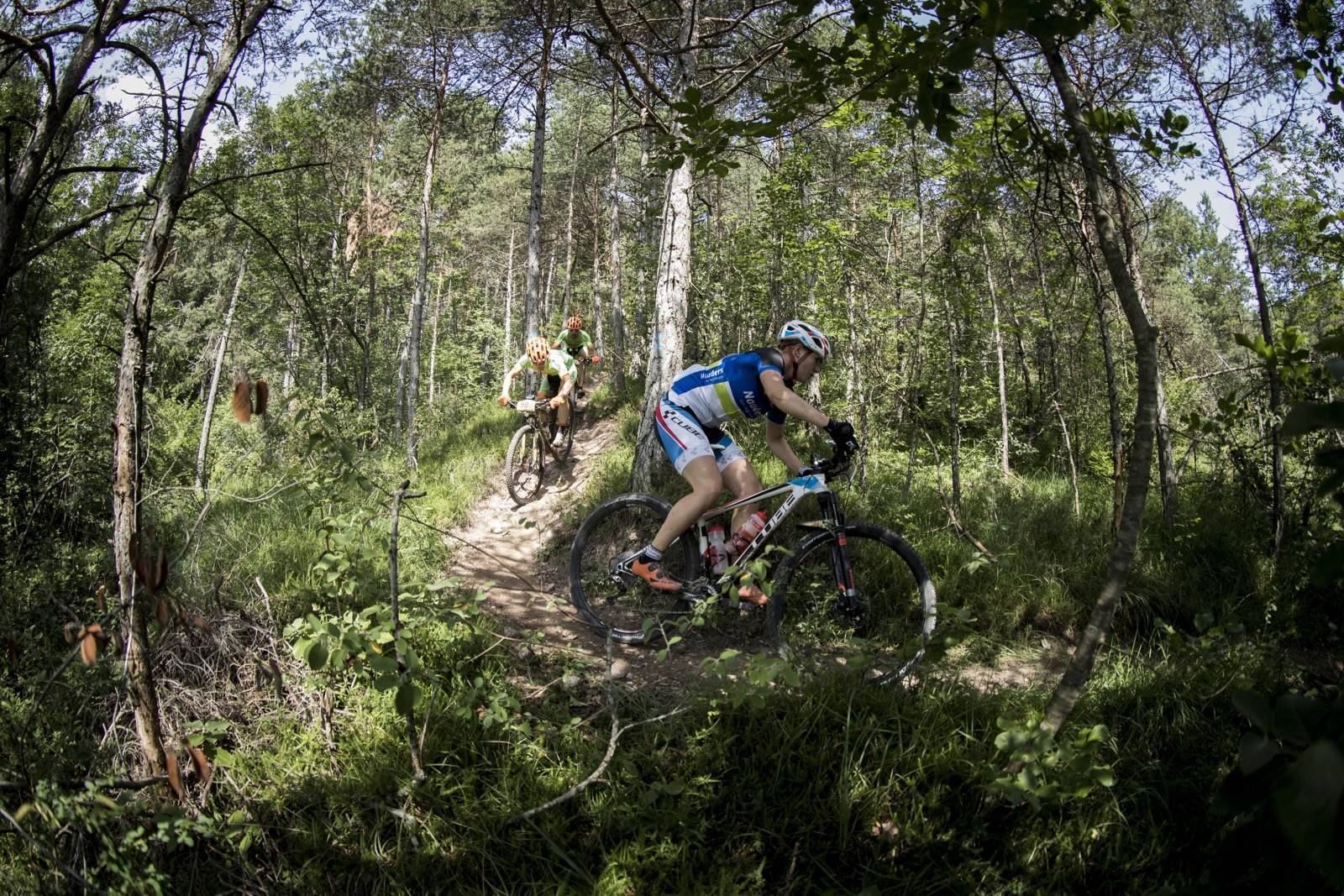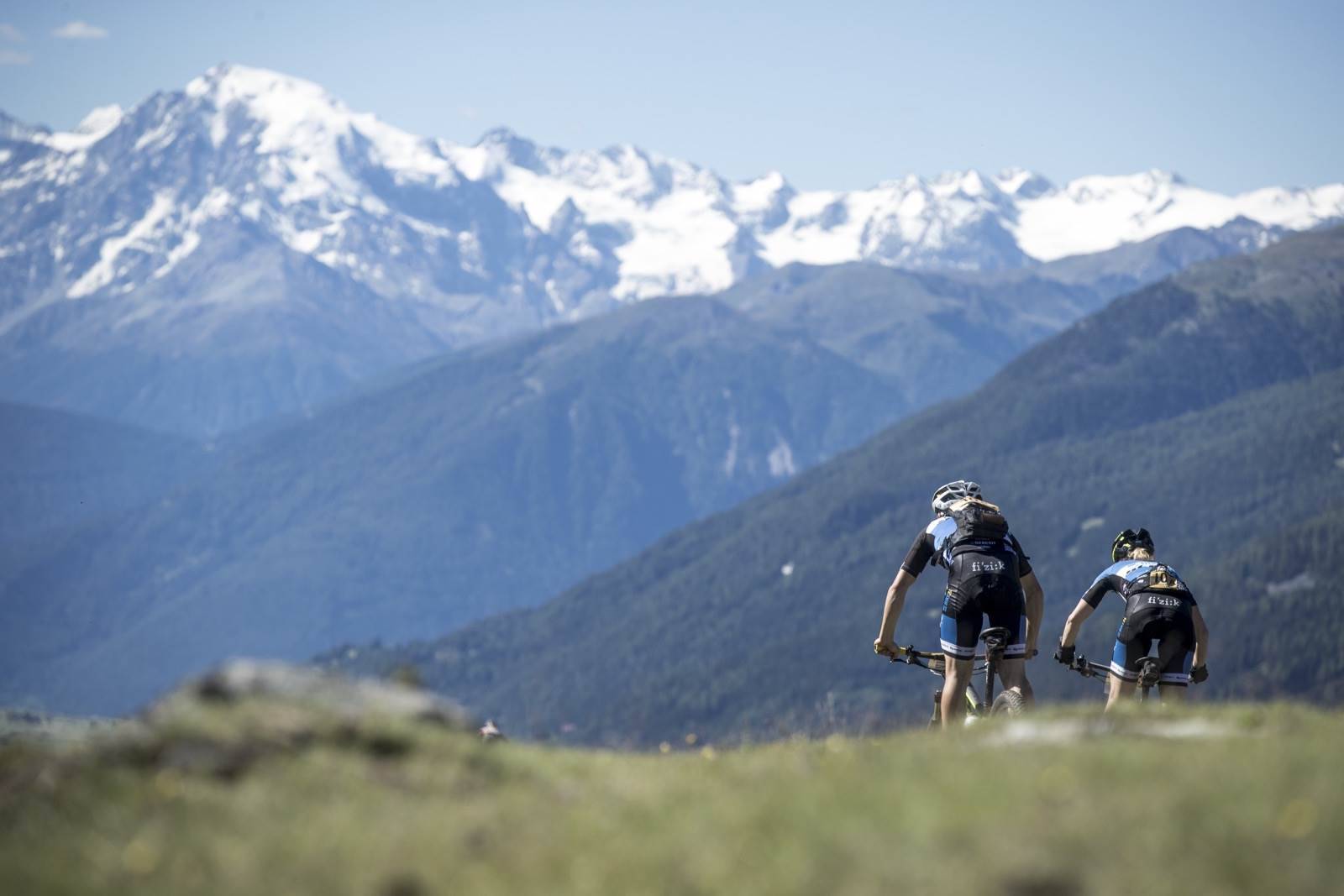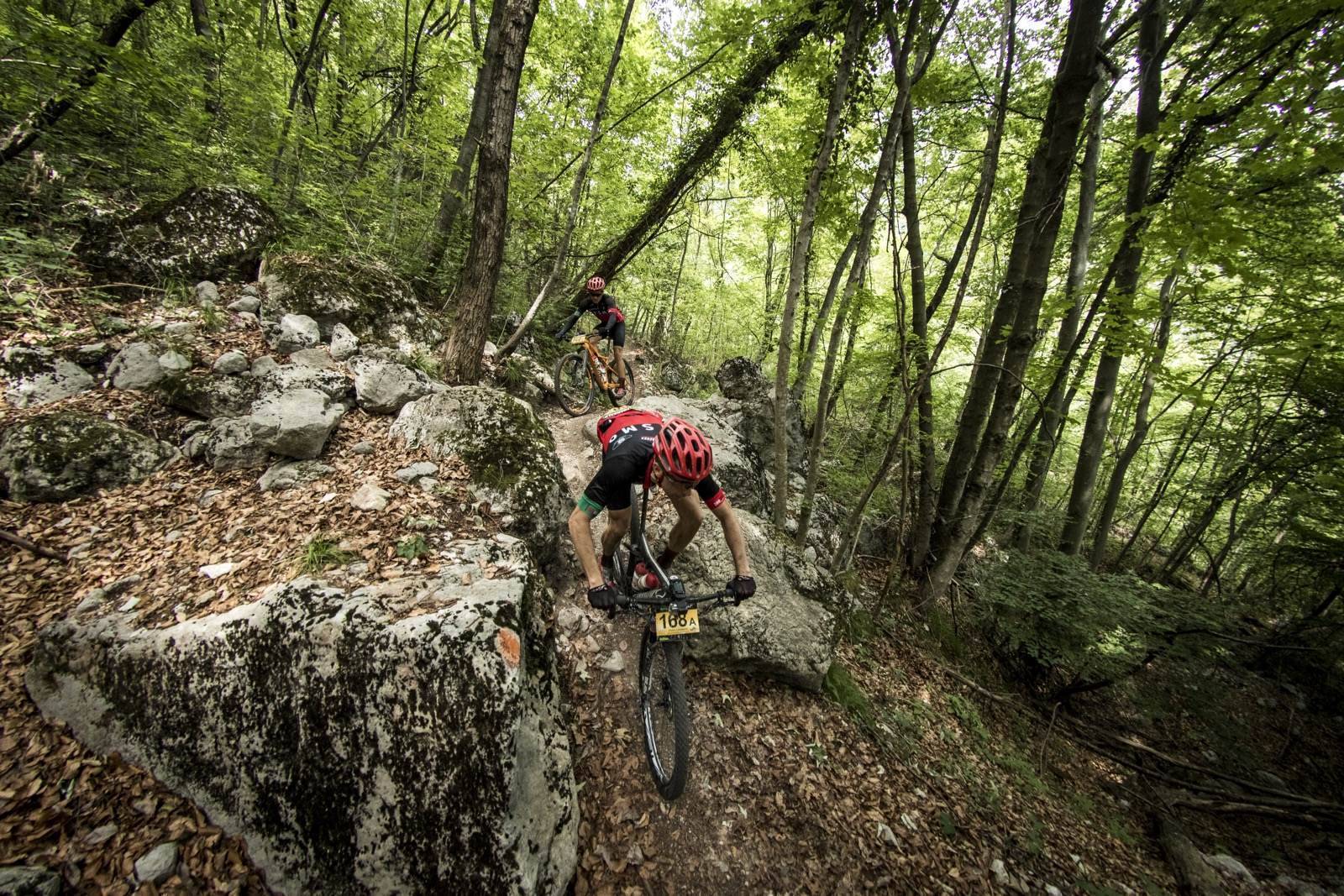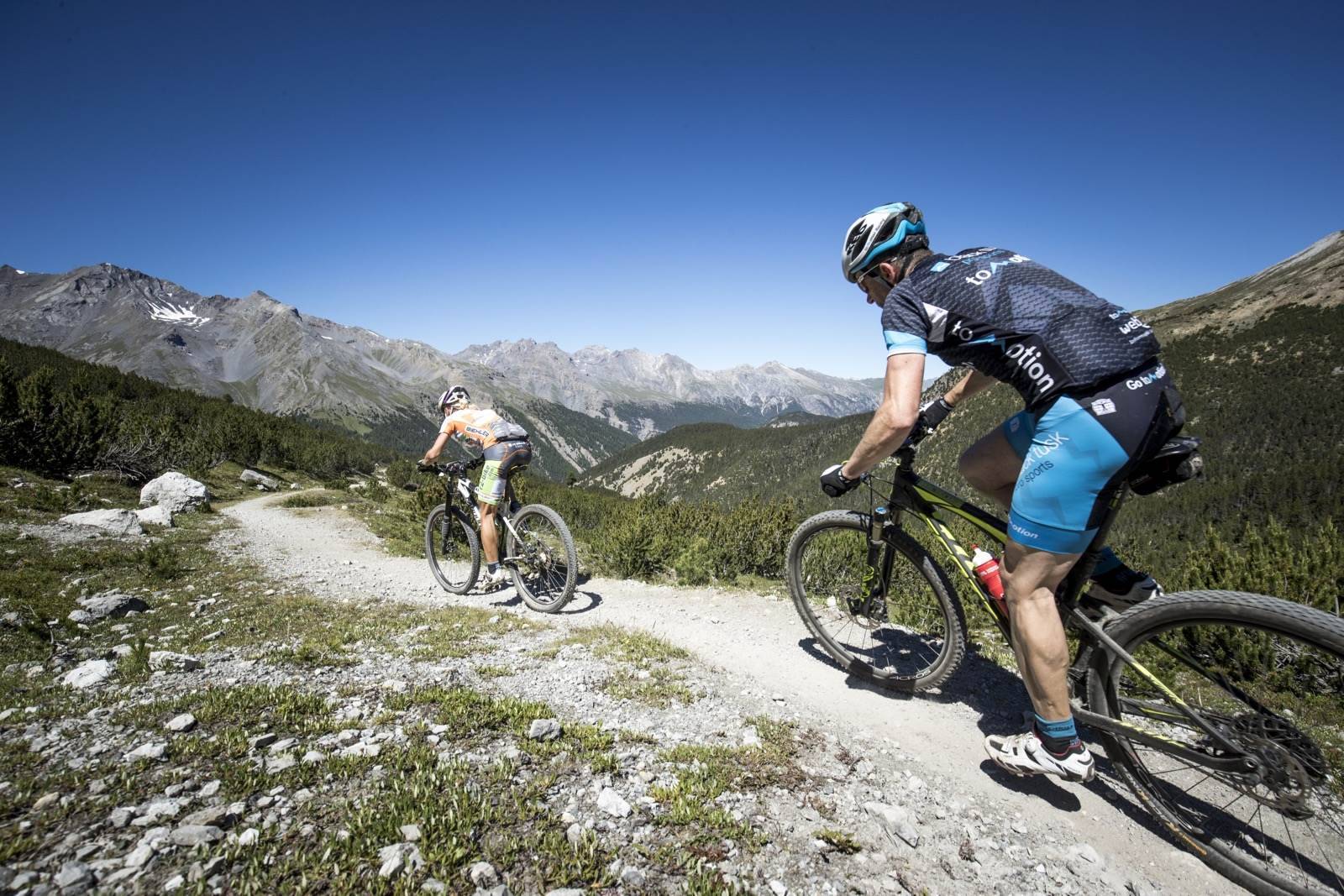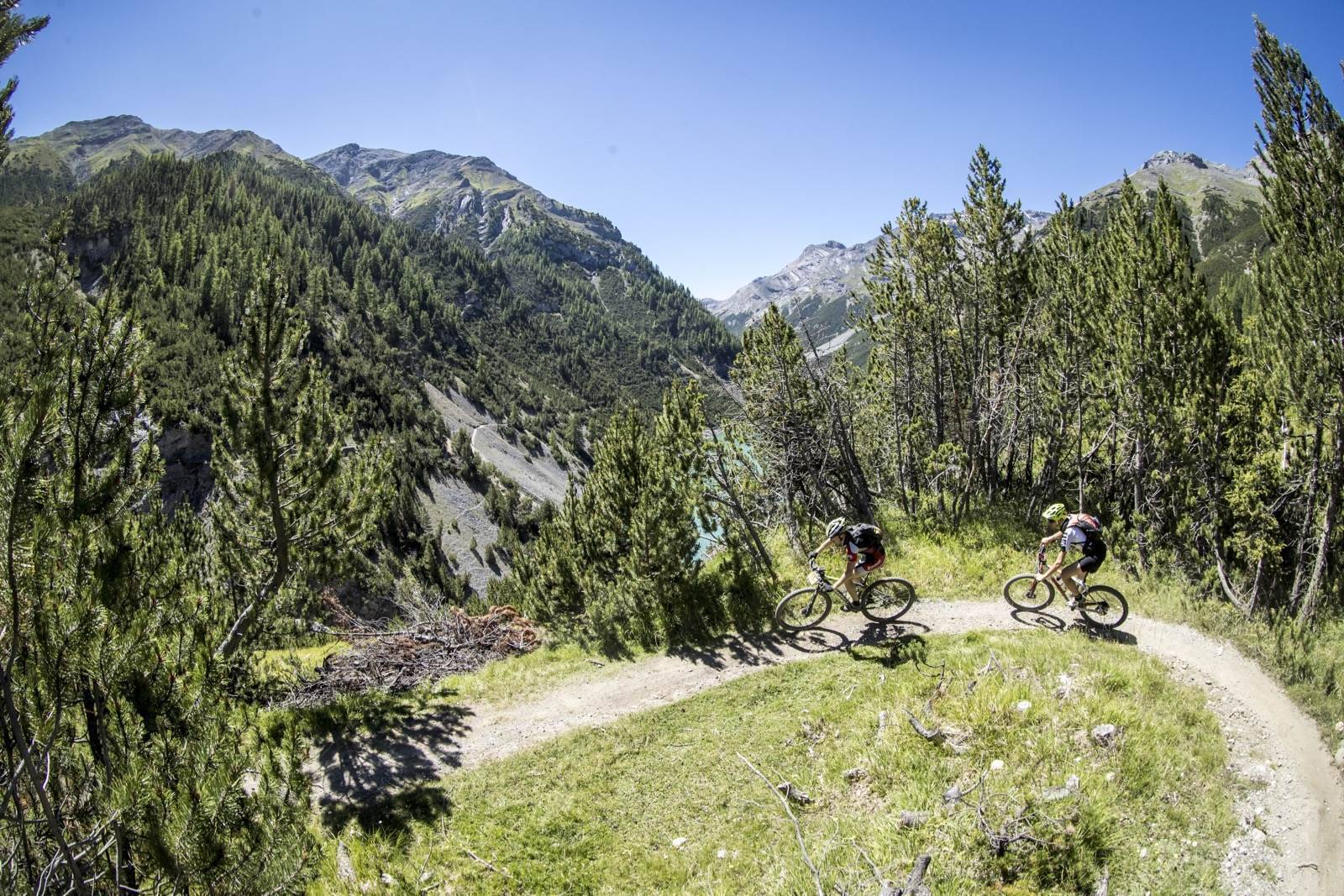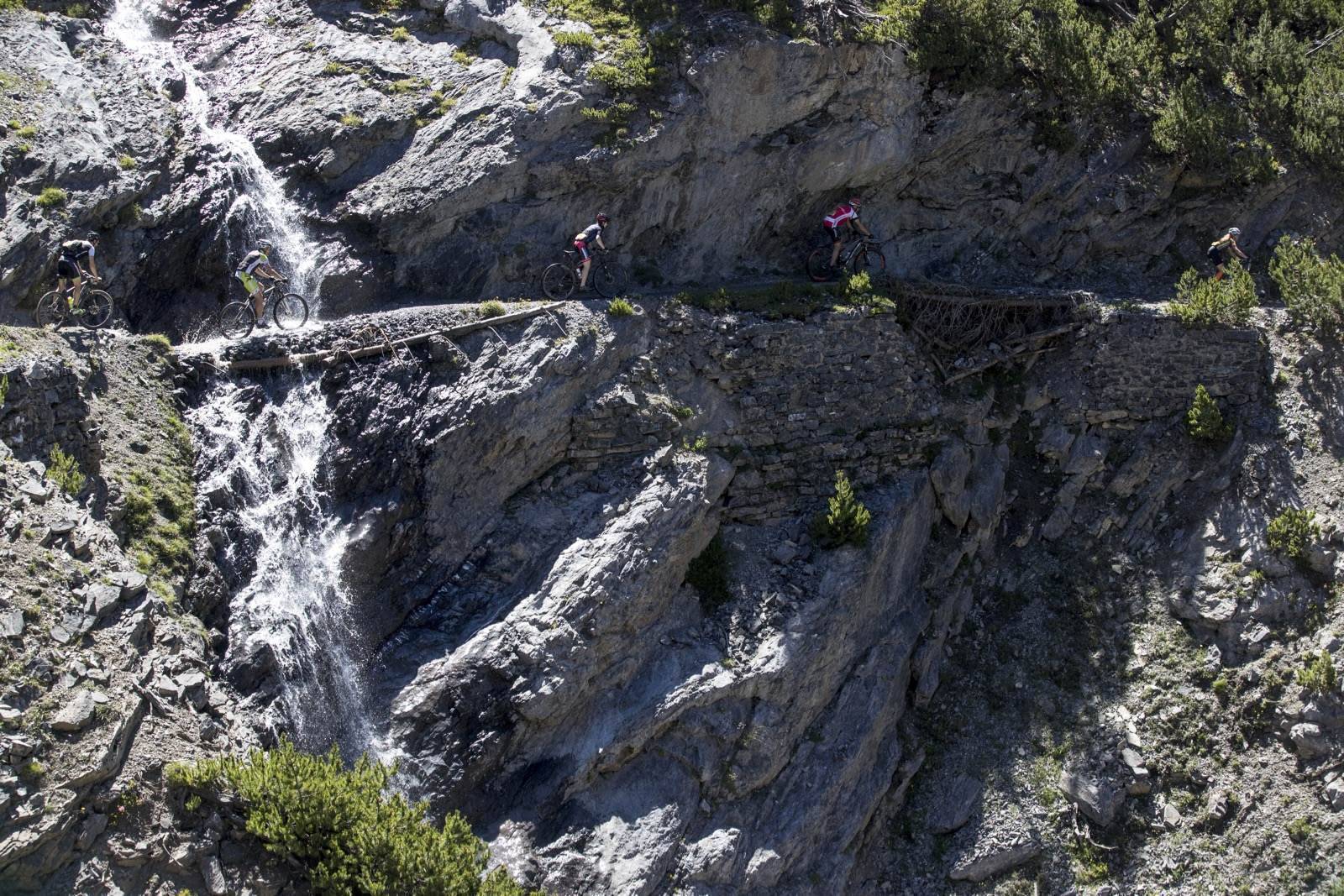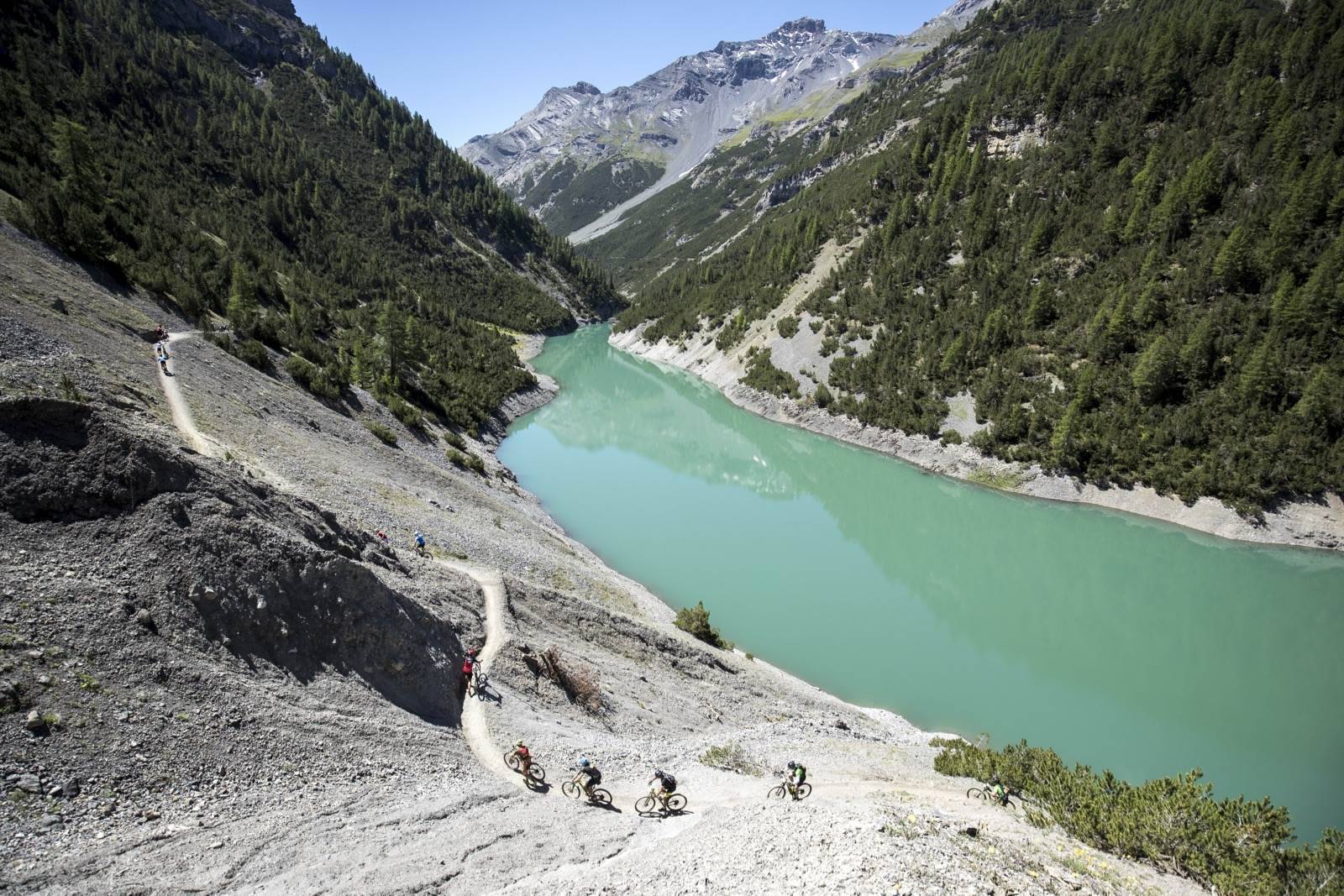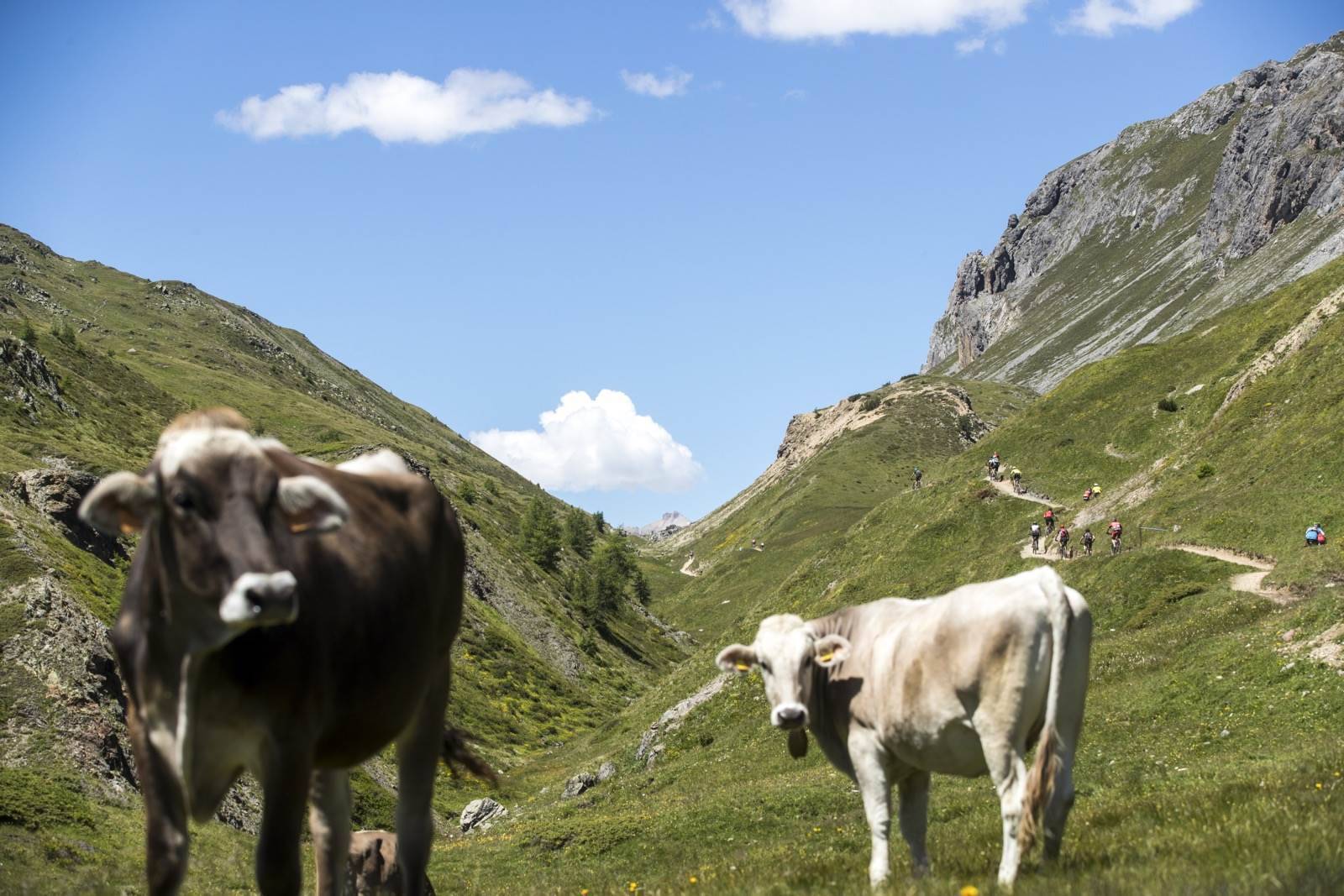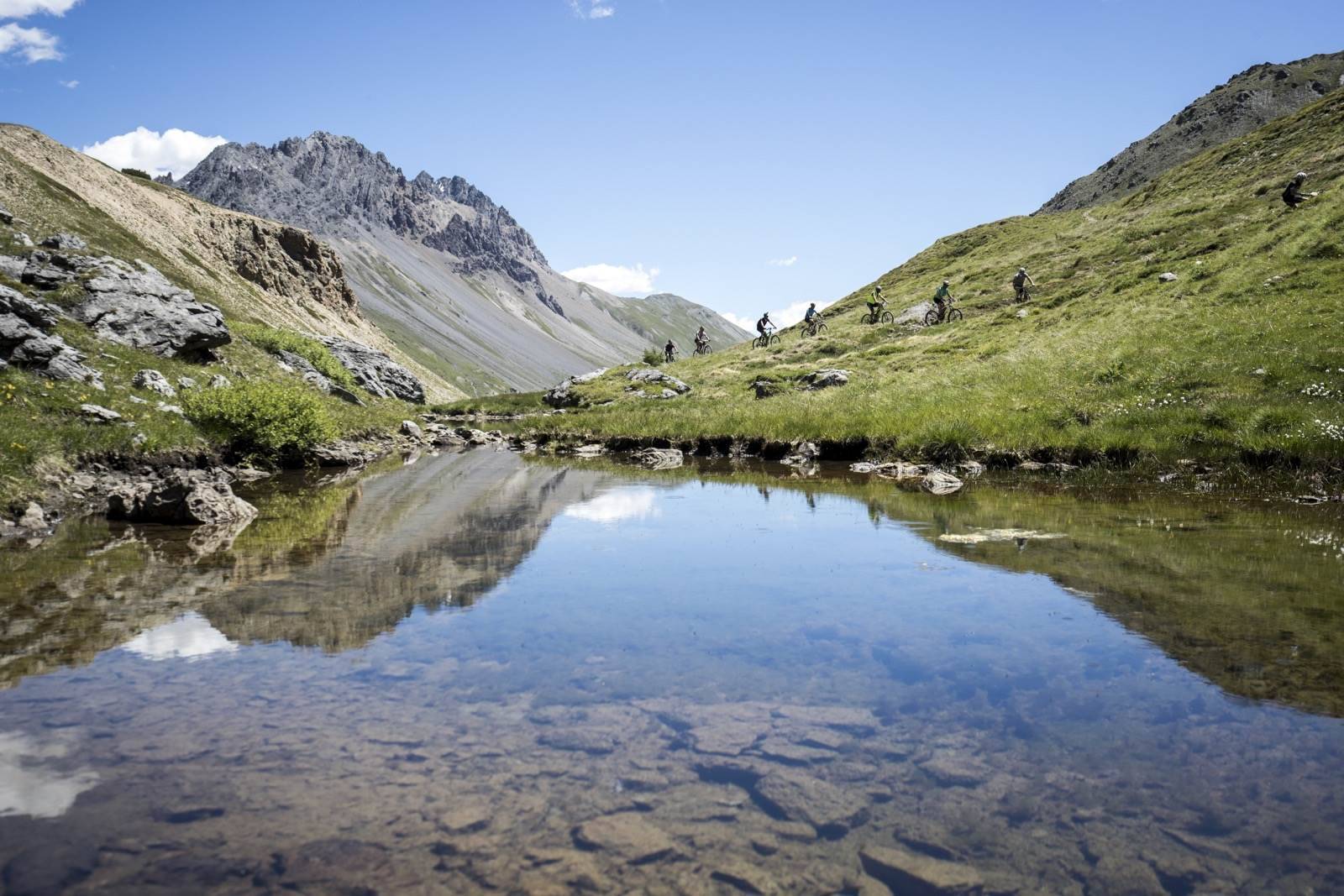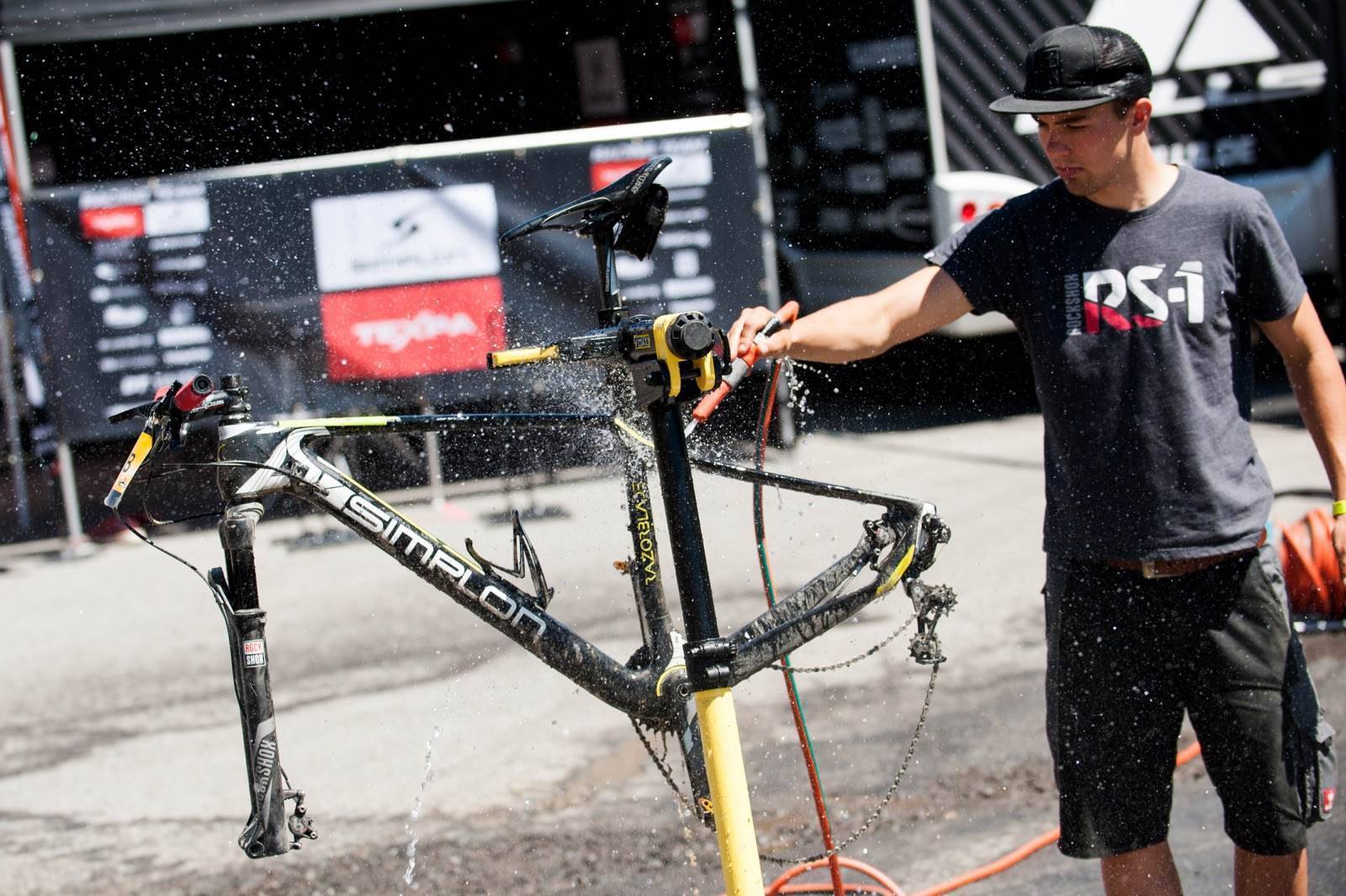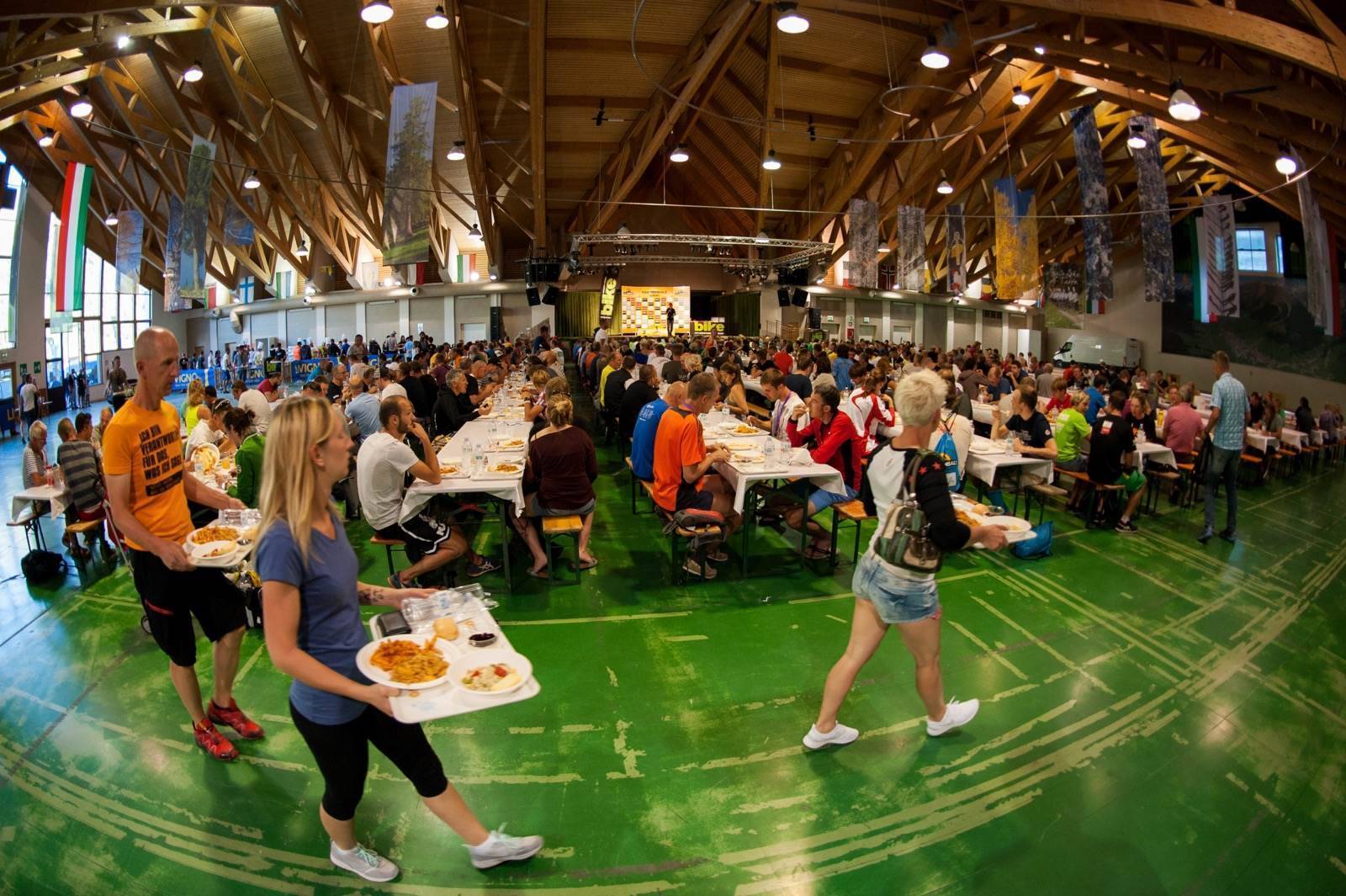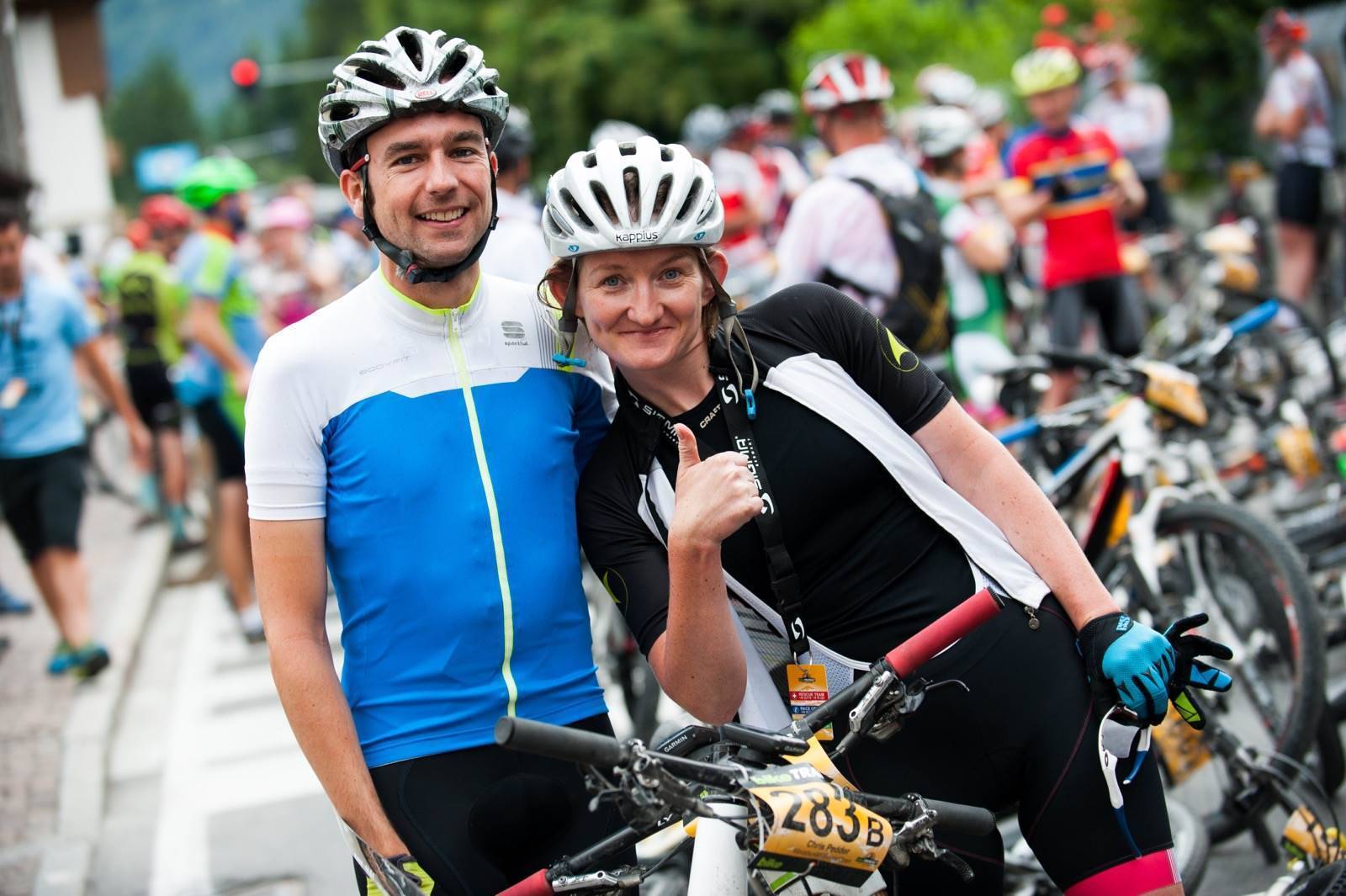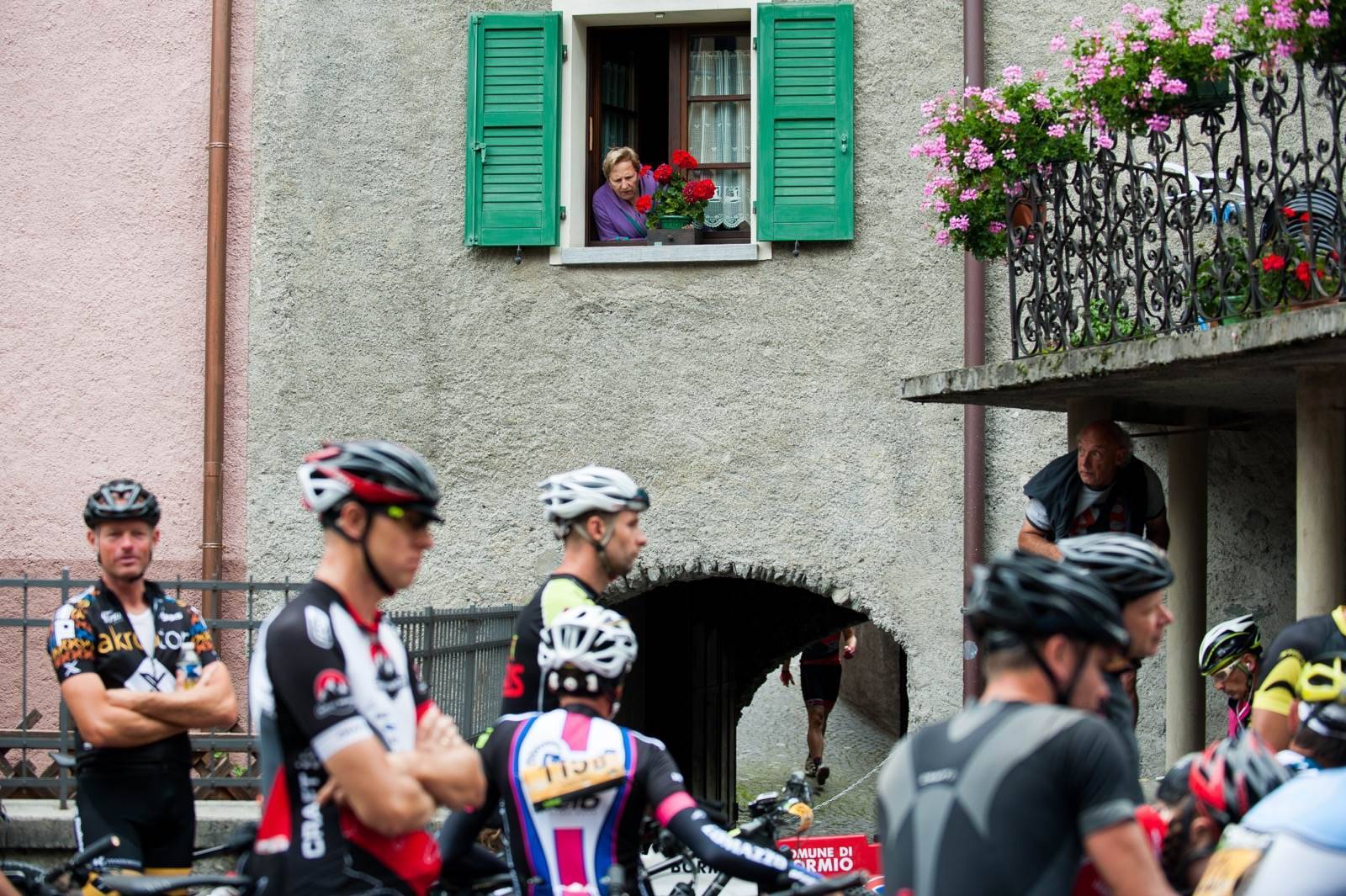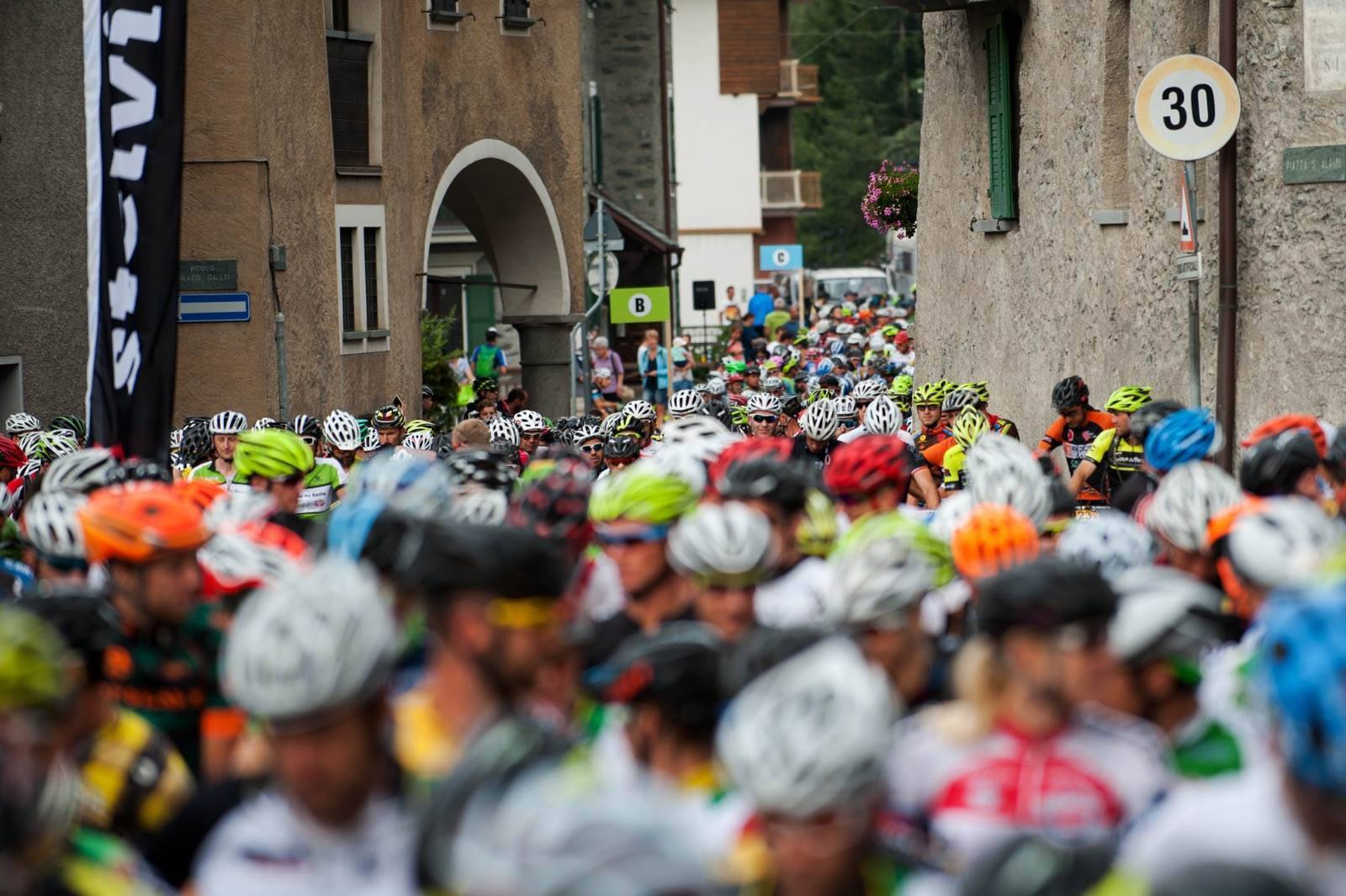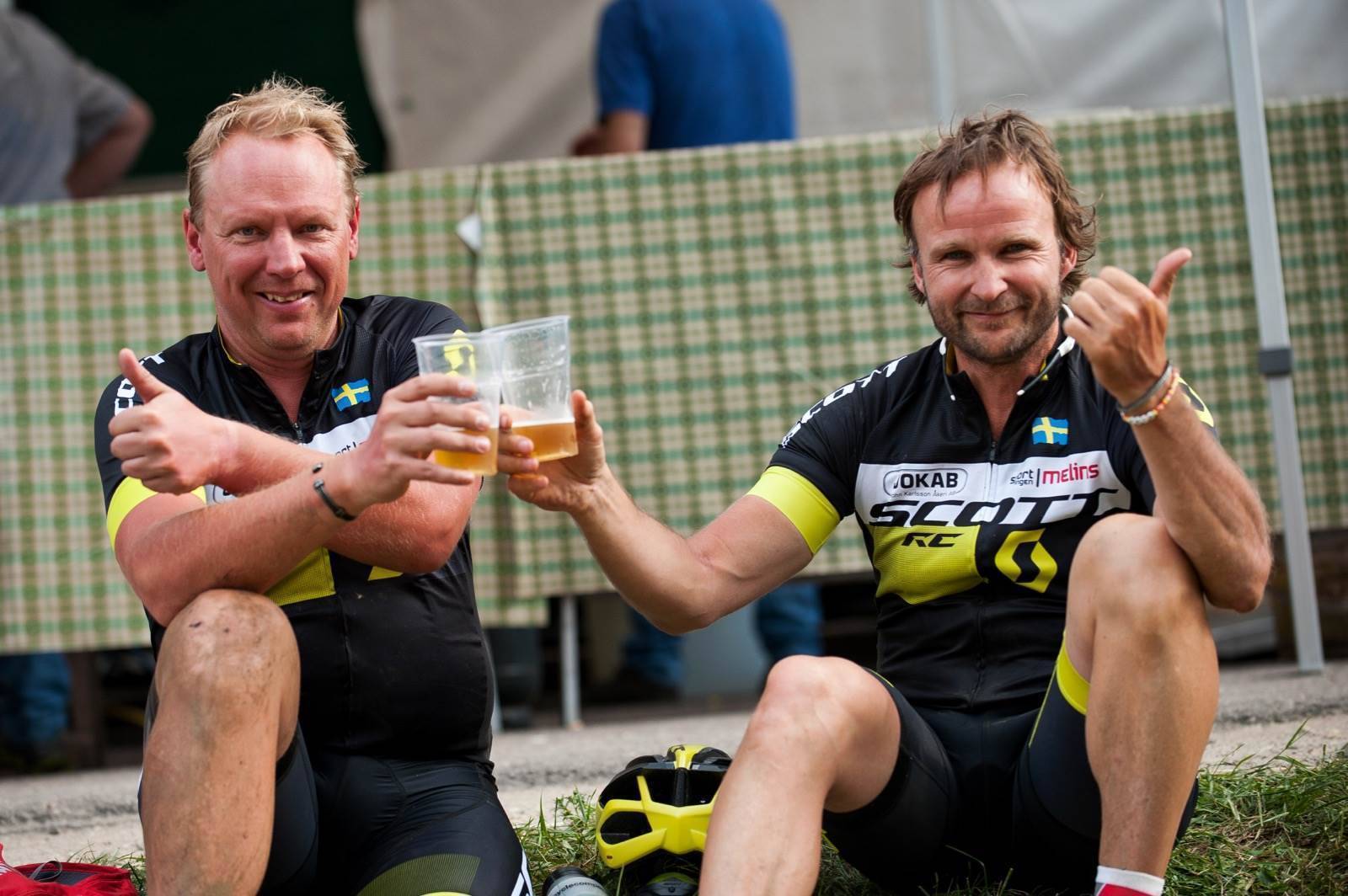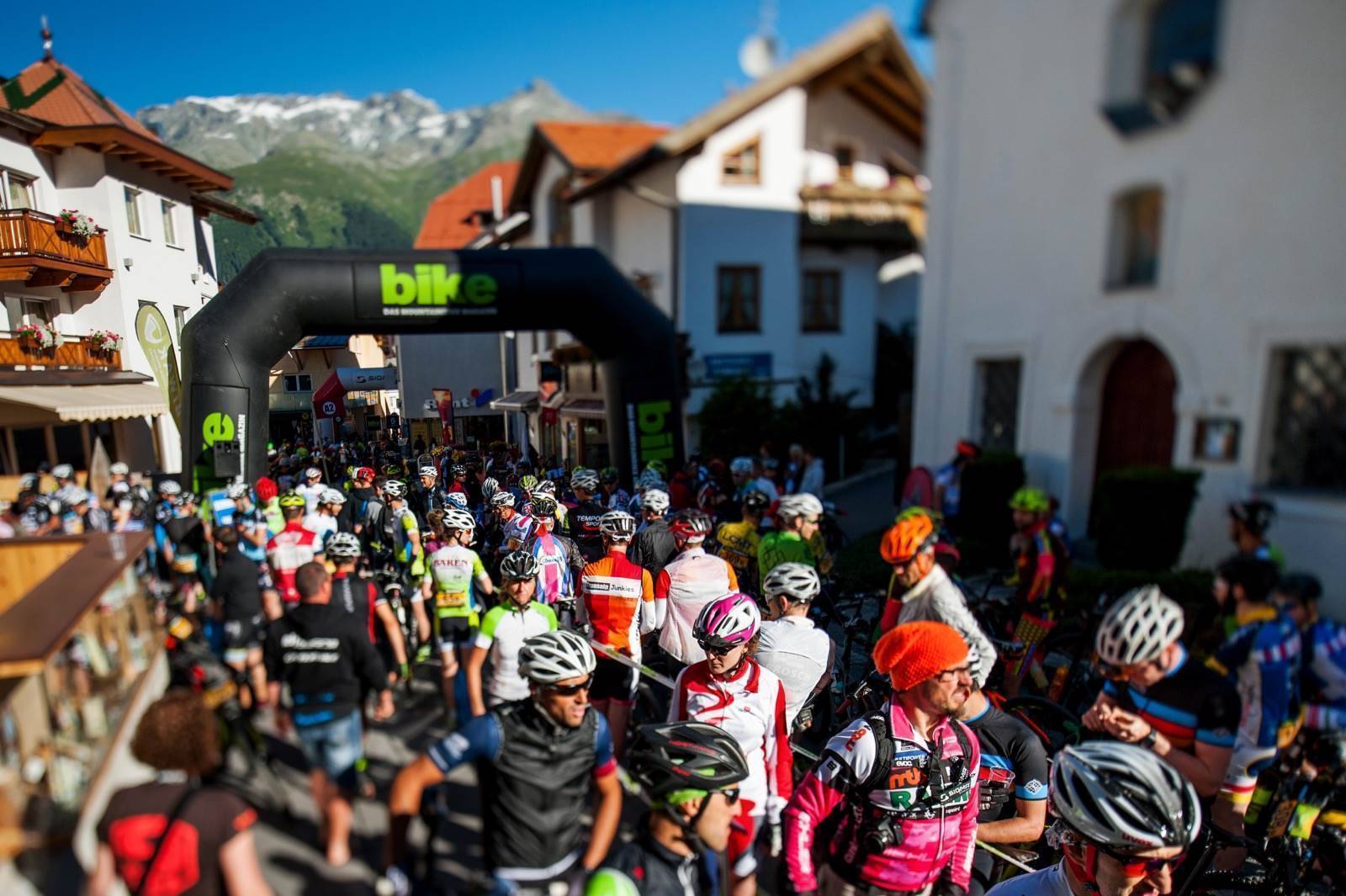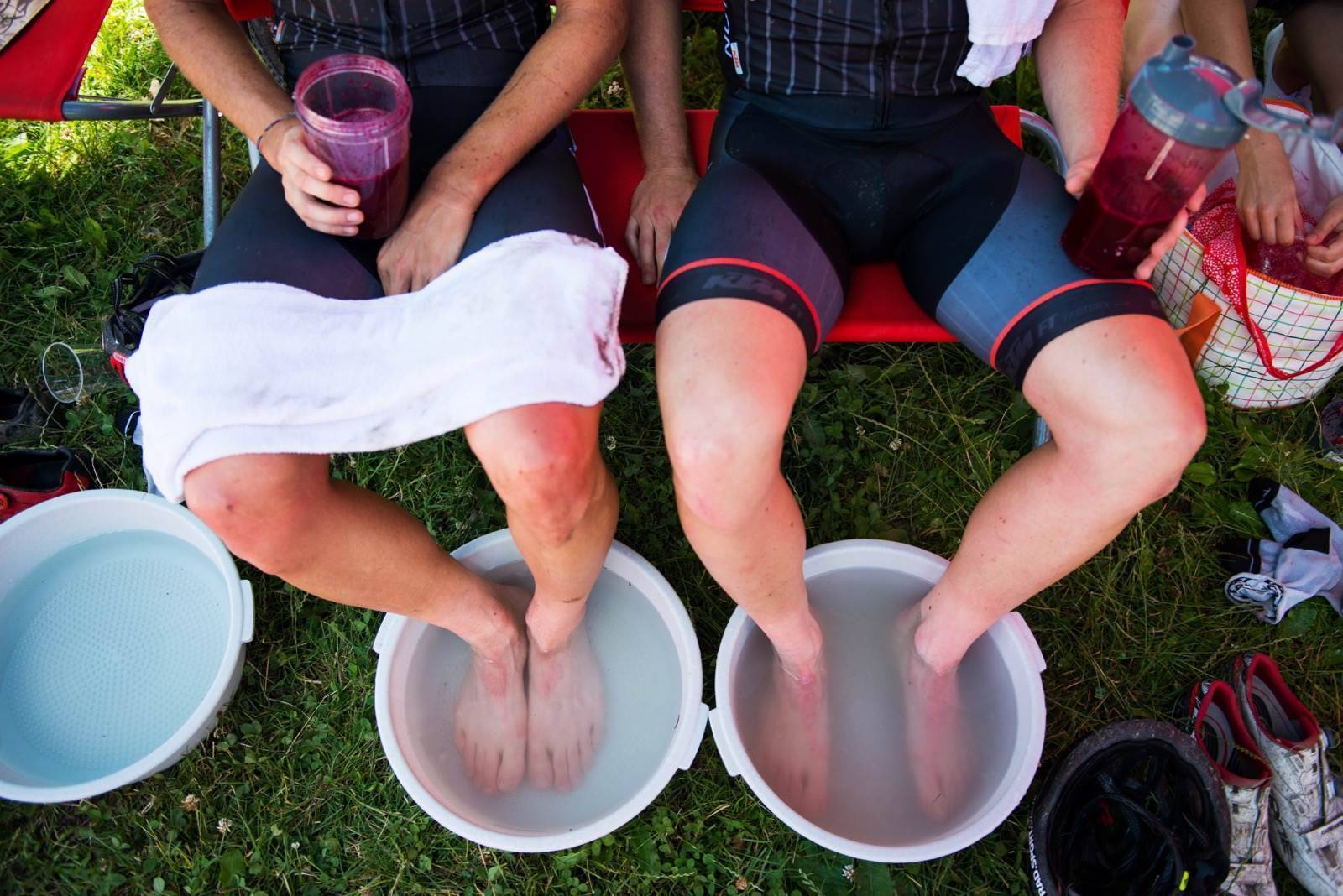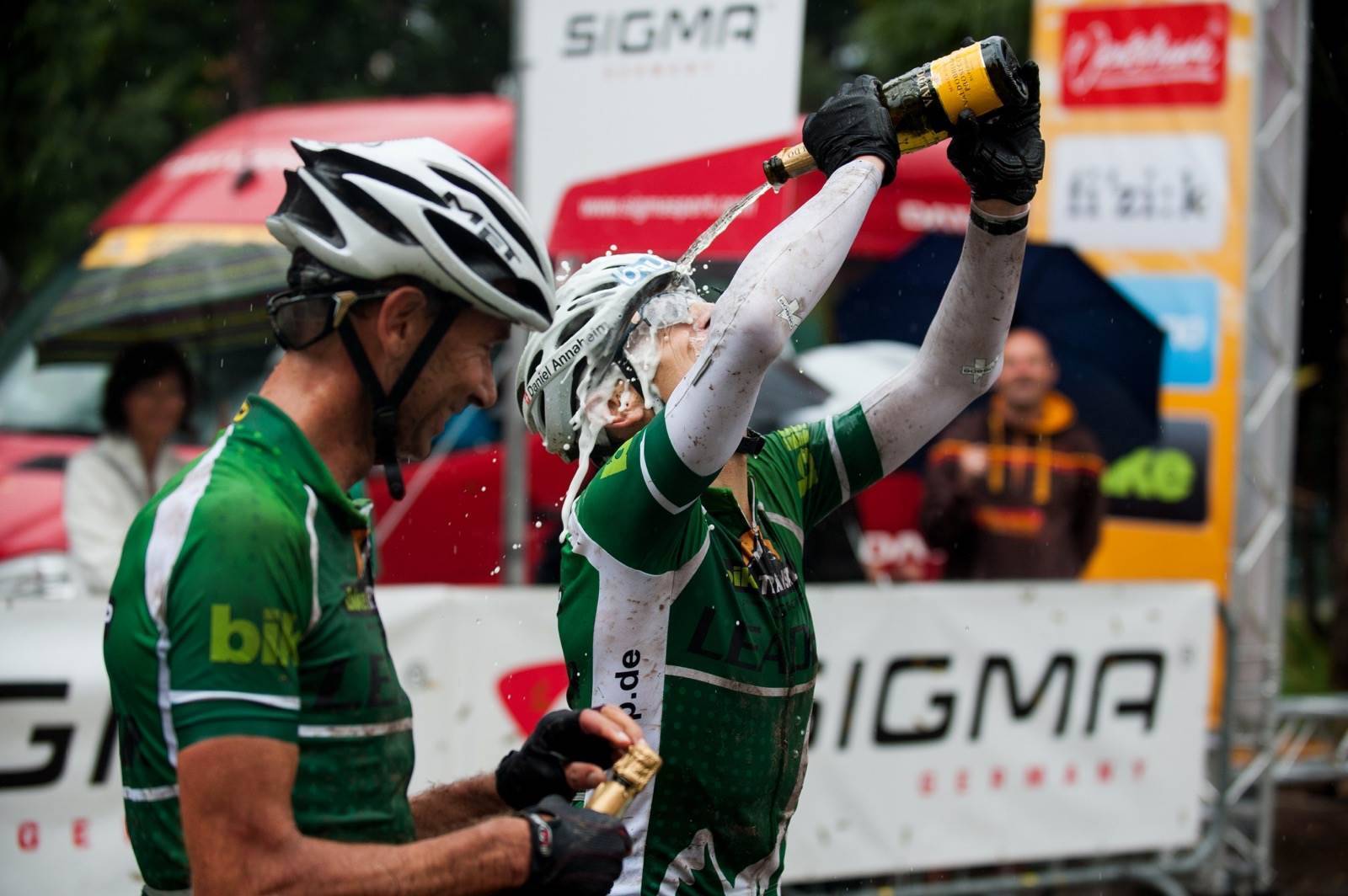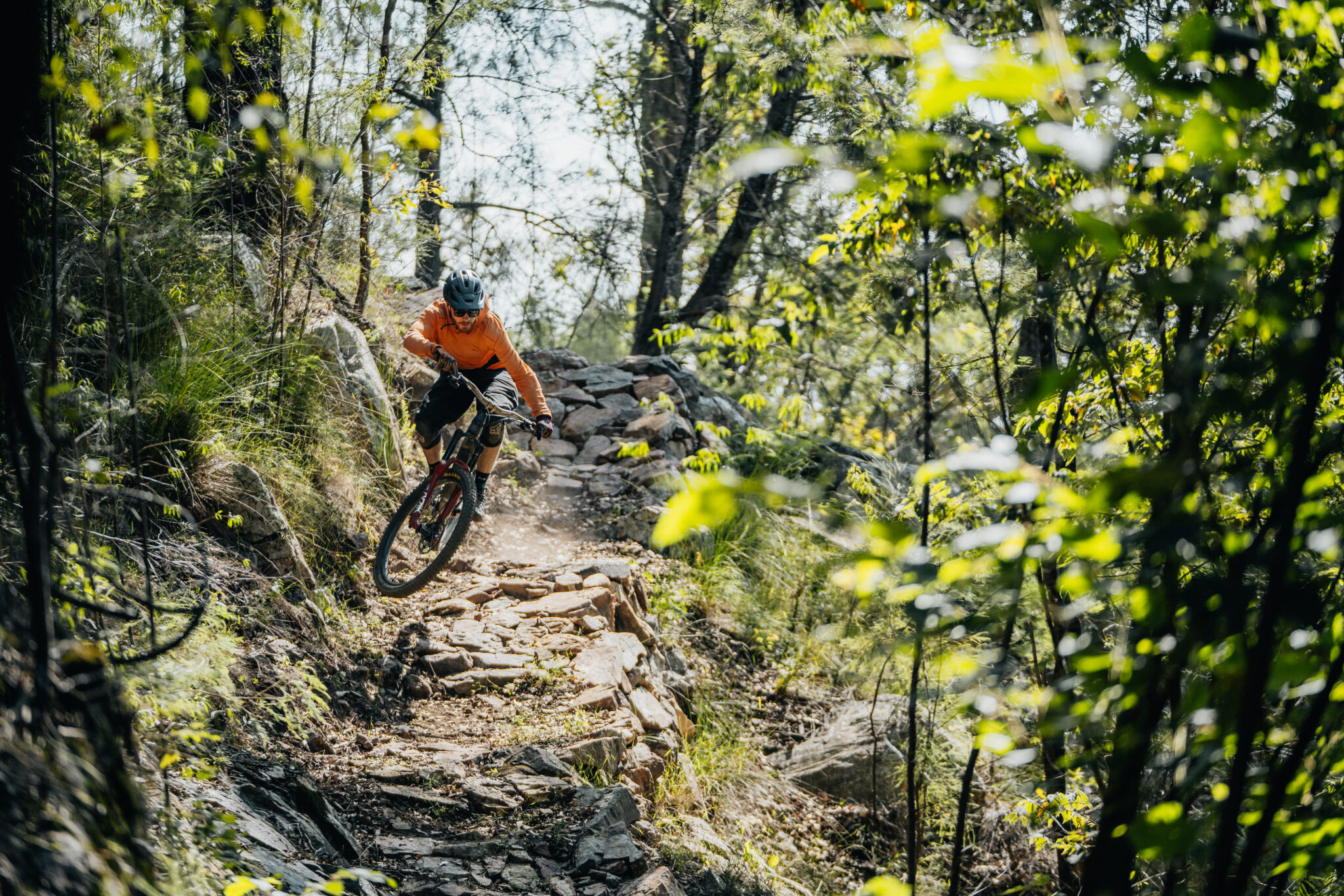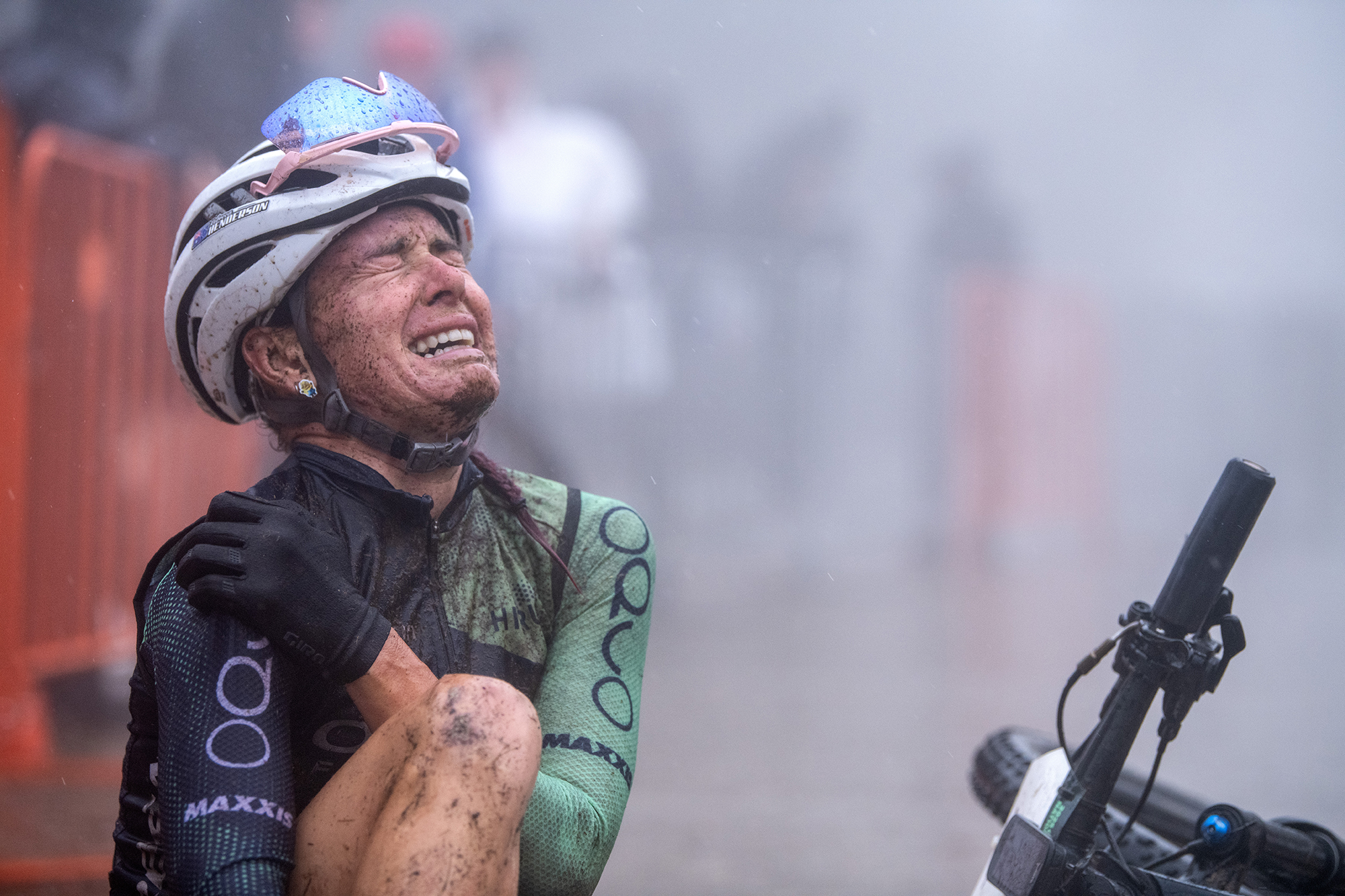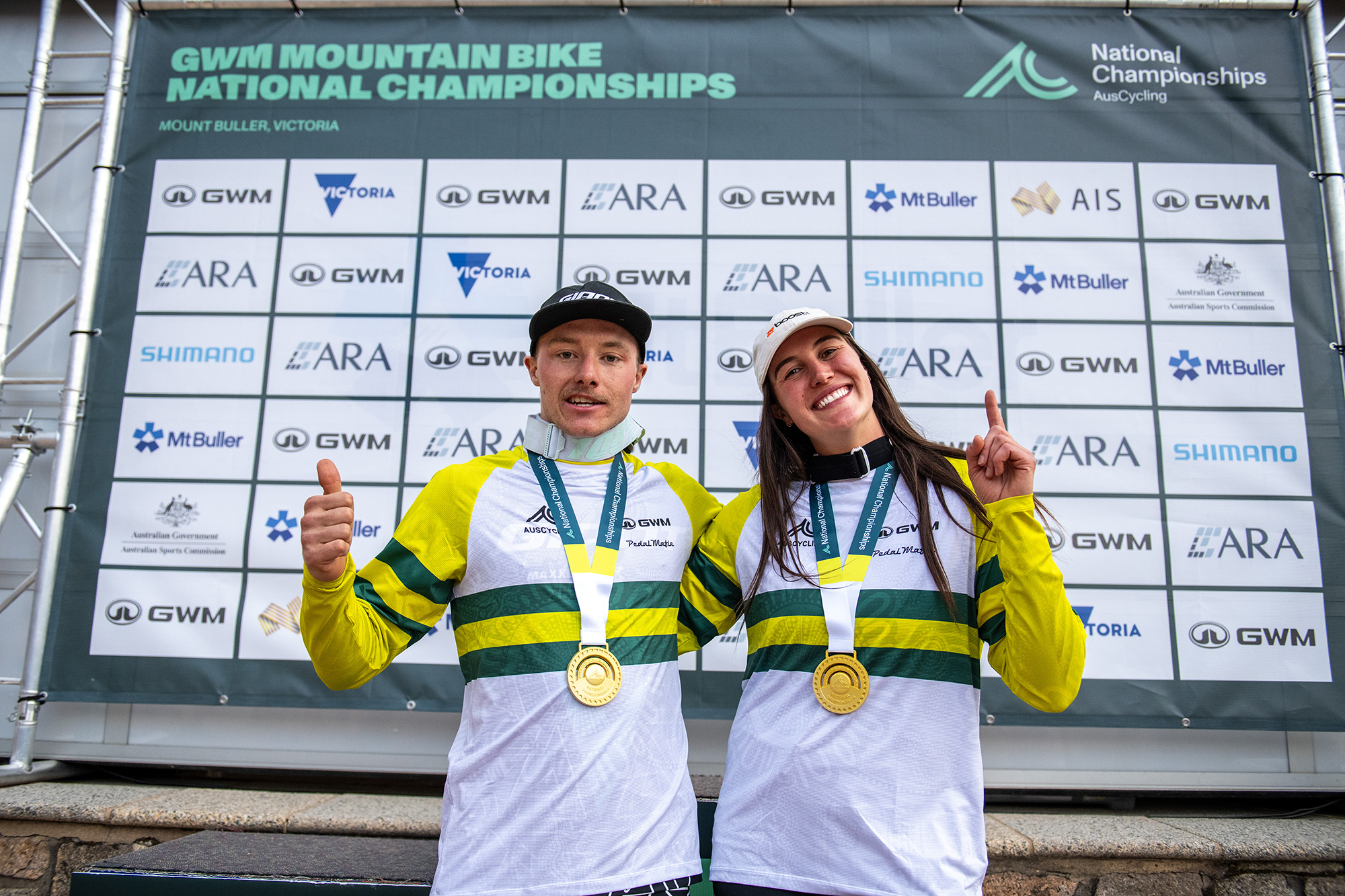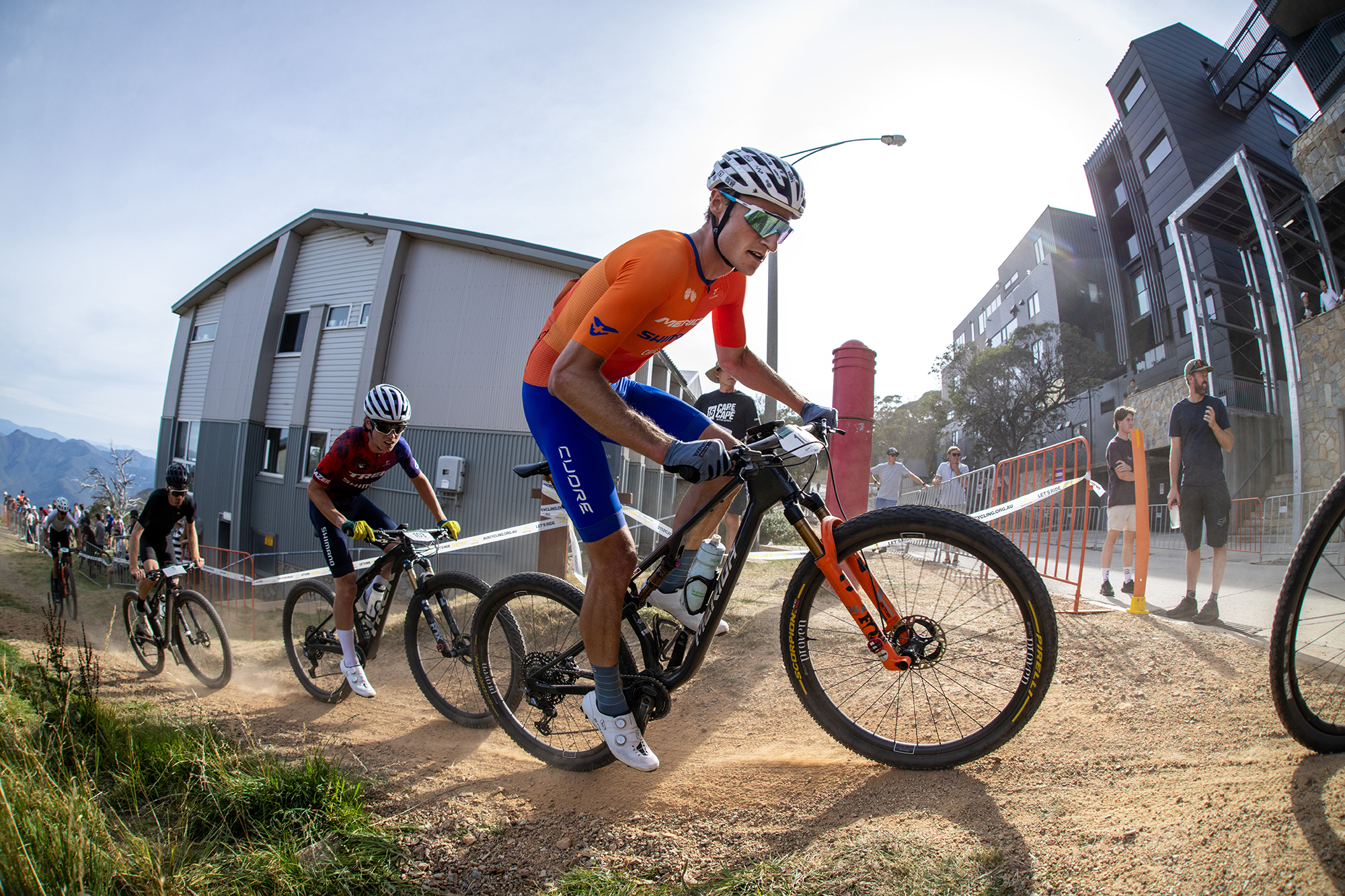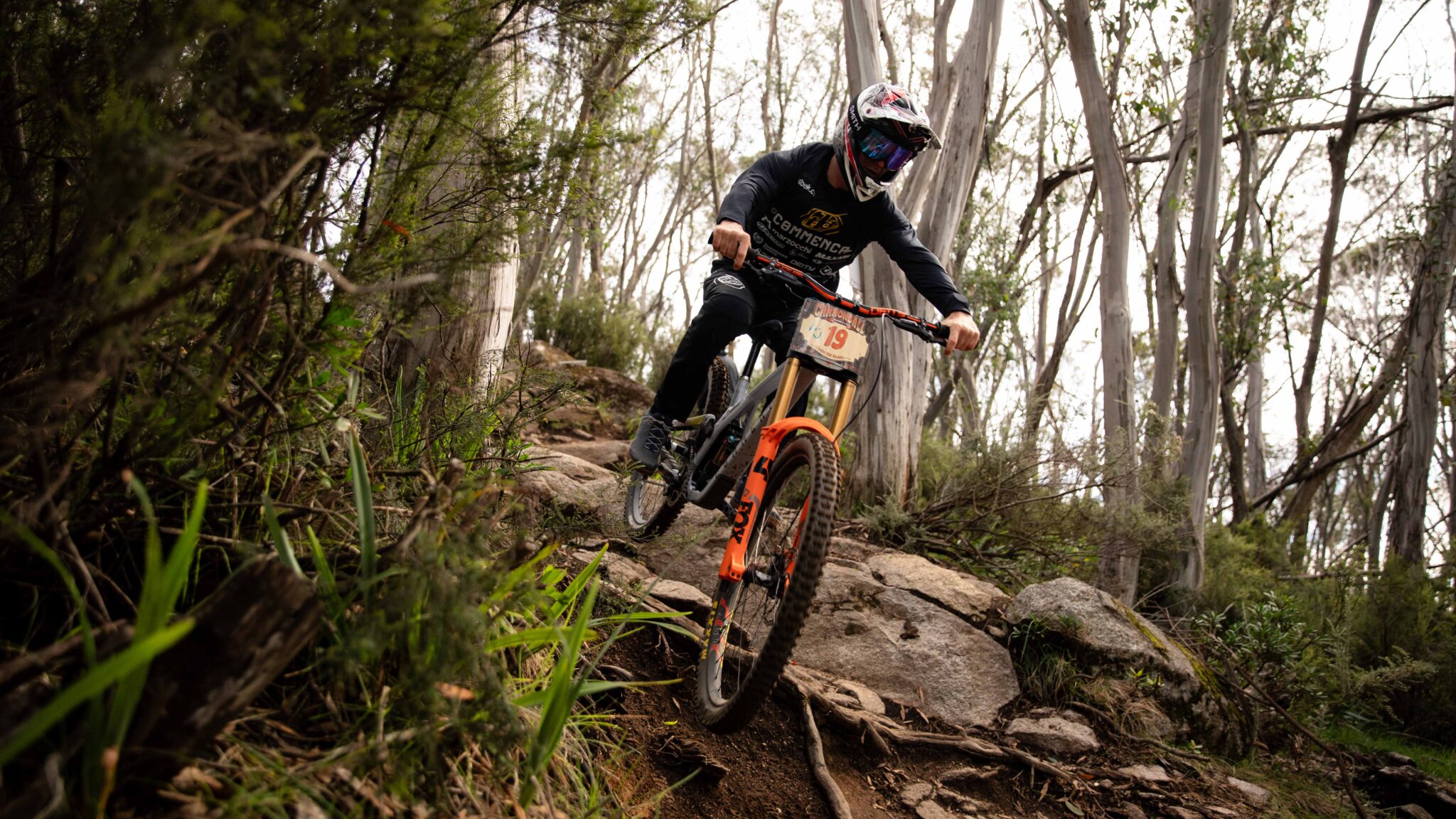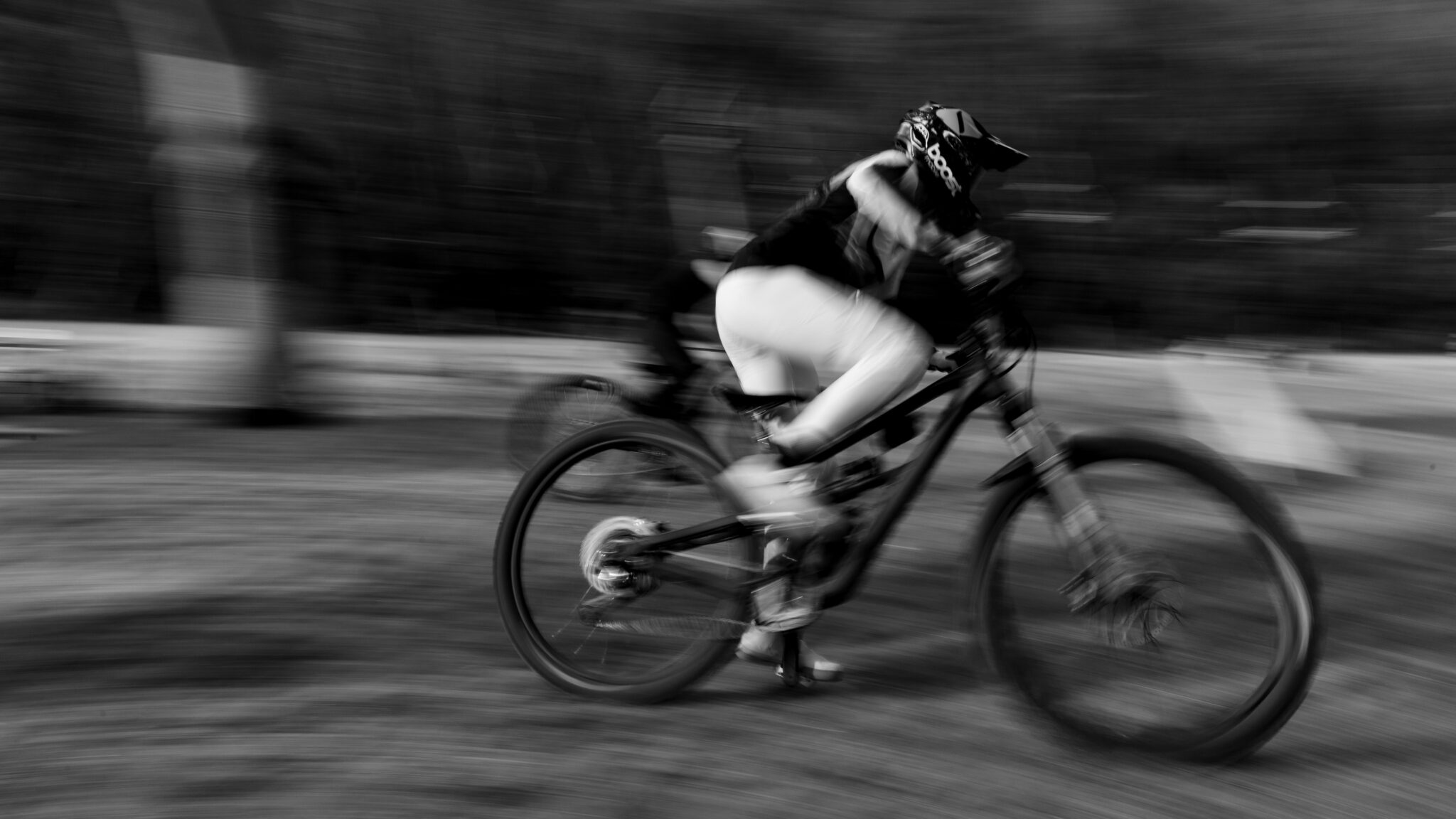Crossing the Alps on a mountain bike
One of the best ways to experience a mountain range is to ride a bike across it. The Transalp mountain bike race is an absolute classic, and it might not actually match up to any preconceived ideas you have of it.
Words: Mike Blewitt
Photos: Transalp
The Transalp mountain bike stage race is a global classic. The week-long event is a journey over the European Alps, from Austria to Italy, stopping in beautiful mountain villages, and crossing countless alpine passes. While the route changes from year to year, the experience itself retains the same qualities every time. This is a true point-to-point event, and arguably it is a more inclusive travel experience for an Australian mountain biker than just jumping onto a tourist bus. Transalp immerses you into the small alpine villages, and puts you amongst people you'll get along with – other mountain bikers!
As Australian mountain bikers, there are a few things we don’t often get to do at a bike event at home. We don’t often cross international borders, or transfer from a region speaking one language to another – and then another. We rarely end up racing our bikes above the treeline, or through tunnels without lights, or through the centre of a village that has been closed off just for the bike race. We also rarely have many spectators on the side of a route that might be covering 50 to 120km that day. Our races are often done in abject solitude, in the remote Australian bush, with few people to share our experiences with, until we’re in the dusty finish area and car park.
Riding your mountain bike in Europe, the hills are bigger, the vistas more spectacular, the beer plentiful, the wine quaffable, and the food more delicious. But the racing experience is also different, competition grows deeper from the front, the middle, and the back of the field, and there are more people who are there for the adventure and camaraderie, even if it’s a bunch of current and ex-World Champions. Cycling, mountain biking, and mountain bike racing is very inclusive in Europe. It is very much accepted into the mainstream culture, and embraced by regions, not shunned to edges of town. One of the best parts of Euro mountain bike culture is the beautiful challenge of paired racing.
We have few options for paired racing in Australia – yet most of us prefer to ride with mates. It does make for a bit of head scratching when promoters don’t combine the two more often. In Europe and South Africa, two hot-beds of week-long mountain bike stage races, paired racing is the norm. With rules that dictate riders must be within two minutes of each other, the reality is that a team that works well together should be far closer.
By rough count I have been in about twelve paired stage races. I’ve ridden with mates, with team mates, a complete random, and a friend who became my girlfriend, fiancée and now wife. I’m probably a little biased about paired racing. However when venturing to a race like Transalp, there is more than just a bike race, it’s a travel, social and cultural experience. These are all better with friends, and racing in a two person team requires some dedication to maintaining a friendship, but it also rewards you with shared experiences, both the highs and lows, which create long lasting memories from your bike racing holiday.
The Transalp Experience
Can a bike race be a holiday? I think so. Consider that your normal day at Transalp will involve an early start with breakfast at your hotel (there are now complete three and four star hotel package options) before rolling to the start chutes in the village square. You might have time for another quick espresso or macchiato before the start in a local café.
The start will be a bit hectic, in all the ways you can imagine about 1000 riders leaving quite cobbled streets would be. The starts are in waves, so don’t worry you’re not all off at once! You are likely to lead into a major climb,. Which spreads the field out, ready for the first sections of trail or singletrack. These might be over the top of the climb, or part of the descent or once you’re back in the valley below, where you’re likely to pass through a well-stocked feed zone with copious amounts of food and drink, and someone wielding chain lube, risking their fingers with over-zealous application to less than interested riders’ bikes. There’s a good chance the final climb will be though toughest, and the hottest. You’ll climb high on ancient paths, be it through the Alps, or the Dolomites. Families of hikers will cheer you on. You’ll pass teams, others will pass you. The kilometres on your GPS will tick by painfully slowly. But finally, you’re at the top, with a 15-20km descent to the finish, with well over 1000m to descend.
You will start on alpine singletrack, a perfect ribbon of dirt through green fields. This will dart onto steep and loose forest road, before a sharp corner you almost miss takes you onto an ancient trail with stone bridges. You might traverse a vineyard, through the steep barely-there roads the farmers use, into a small settlement, and onto the walking trails on the edge of a village, dodging picnic benches and locals as they cheer you on.
You can hear music, and know you’re close, and the final kilometres to the line will be flat out with you and your team mate, locked in a battle with a team or two you have now caught, or been caught by. There’ll be a sprint, you’ll have to keep an eye on your team mate as it’s when the second rider who crosses counts… and then it’s over. You’re done. Your relax – you shake hands, laugh, eat fruit and cakes and cheese on bread and go sit by the alpine stream or lake and discuss the race with those around you, and hear how some of the Europeans you are racing would love to visit Australia, but it’s so far away…
Once cleaned up, you walk back into the square, order a pizza and a drink, and watch the tour stage live at the bar, before the ‘Pasta Party’ and awards ceremony and highlights video of the day. Then it’s time for gelato, an aperitif, and time to head to bed to do it all again tomorrow.
To me, Transalp is the best mountain biking holiday you can go on. And if you’re an endurance mountain biker, you’ll think so too.
Times change
In 2017, the Transalp mountain bike stage race will be celebrating its 20th anniversary. And a lot has changed in those twenty years. The age of the race is a blessing as much as a curse. Mountain biking has changed a lot in 20 years, and events have too. What we expect at an event, and what sort of trails we will ride, are now vastly different to even 10 years ago. Those who have ridden and raced Transalp in the past might bemoan the firetrail climbs and descents, or the bikepaths in valleys. There’s a lot to be said for the complexities of racing from point A to point B – the reality is singletrack rarely connects the two.
I spoke to race director Marc Schneider, who has recently moved into the role, about what it actually means to be a race director for such a big event.
“I started in 2012 but also supported the former race director Uli Stanciu the year before with all the work that is necessary,” said Schneider, who depicts a long process for planning a route:
“Contacting possible stage towns combined with the first idea of a possible route. Talking to bike locals in the stage towns. Development of a handful of ideas for the course. Recording the tracks on the bike from August to October, then figuring out what could be possible. This is a bit of mathematics – climbs in total, km in total – and an evaluation if one or other track might be too hard or technical for the participants.”
But the work doesn’t stop there, Transalp make sure the routes are precisely recorded and available, not just for the racers, but for the whole logistics team and event crew – most importantly the motorbike paramedics. “We then correct all recorded tracks on the computer, combining the recorded tracks to stage tracks, creating altitude profiles and maps for our communication and more important for the official proposals,” says Schneider.
It is a year-round job too, as changes need to be managed in spring, in case land owners have changed their mind. And of course in the race, Schroeder briefs the participants, the event team and more. It’s a big ask getting 1200 people over the Alps!
With all the planning, it would seem easier to stick to a set route with minimal changes. But that’s not something Schneider is too interested in. “We are always on the search for the most beautiful spots, e.g. the Dolomites we will cross in 2017. The idea is always to combine some older, used and approved tracks with some new ones. And there's still a lot to be found in the Alps.”
“We try to work with our "old" partners,” explains Schneider, commenting on how they choose stage towns, “they know how we work. But we always try to find new spots. But convincing those regions sometimes is not so easy. Because it is not so easy to host over 1000 people only for 1 night.”
While some races around the world have solo only categories, citing that pairs isn’t popular enough, Schneider feels strongly that Transalp will never change.
“We are quite convinced that we cannot change this idea. The idea of competing in a team makes you care for the other and that means not only your own partner. We realise a special sense of – let me say "welfare" – between all participants. People help each other if they have problems. The base for that mood, that's my personal opinion, is the team character of this race.”
Having raced Transalp first in 2008, and most recently in 2013, I’m aware of how the route has been changing. The race is 7 days not 8, the total distance is a little shorter, but the technical difficulty is higher. Schneider confirms it’s the result of a changing sport.
“Mountain biking has changed in the past years. Trails are the essence of it. So my wish is to have as much trails as possible. The idea is to build the most fascinating stage race in the world. The ingredients are there. Breathtaking trails through the most beautiful mountains in the world. If you find those, the total kilometres and total climbing do not matter anymore. And the discussion 7 or 8 days is redundant. One of the reason for the change to 7 days: people from Germany, Italy, Holland, Belgium need exactly one week holidays, not one week plus last Friday.”
The 2017 route has been released, and it involves some new stage towns, but I wonder, where else can Transalp go – does Schneider have some ideas for travelling further afield?
“Yes, I would love to go a bit more east: New spots in Austria like Carinthia, or Slovenia, and the far eastern part of the Dolomites. I think we will have to develop this idea step by step. We will try to find a route a bit further east the next time and then move further the time after that.”
The race in brief
16-22 July 2017
Stage 1: Mayrhofen – Brixen
Stage 2: Brixen – St. Vigil
Stage 3: St. Vigil – St. Christina
Stage 4: St. Christina – Kaltern
Stage 5: Kaltern – Trento
Stage 6: Trento – Lavarone
Stage 7: Lavarone – Riva del Garda
